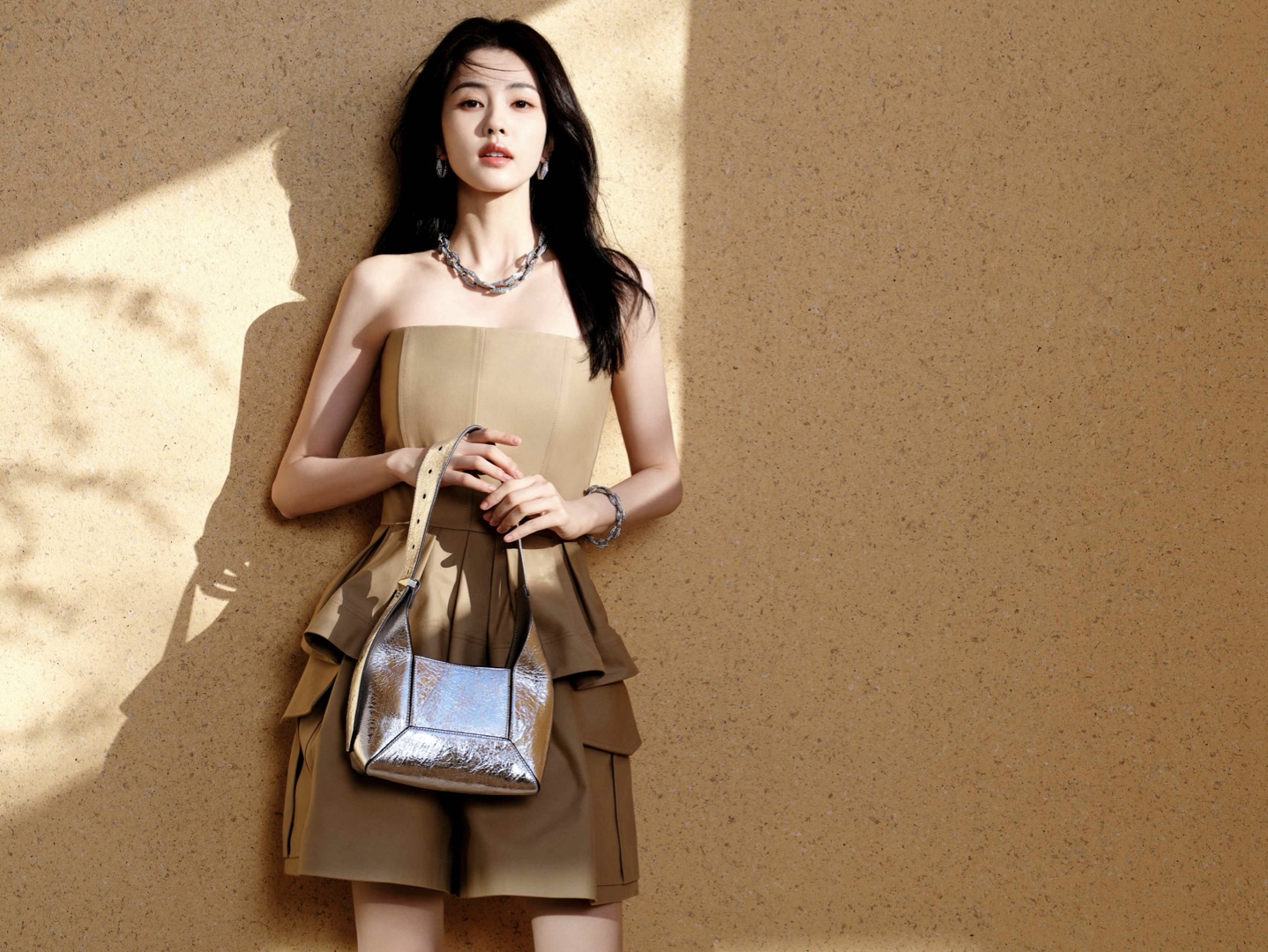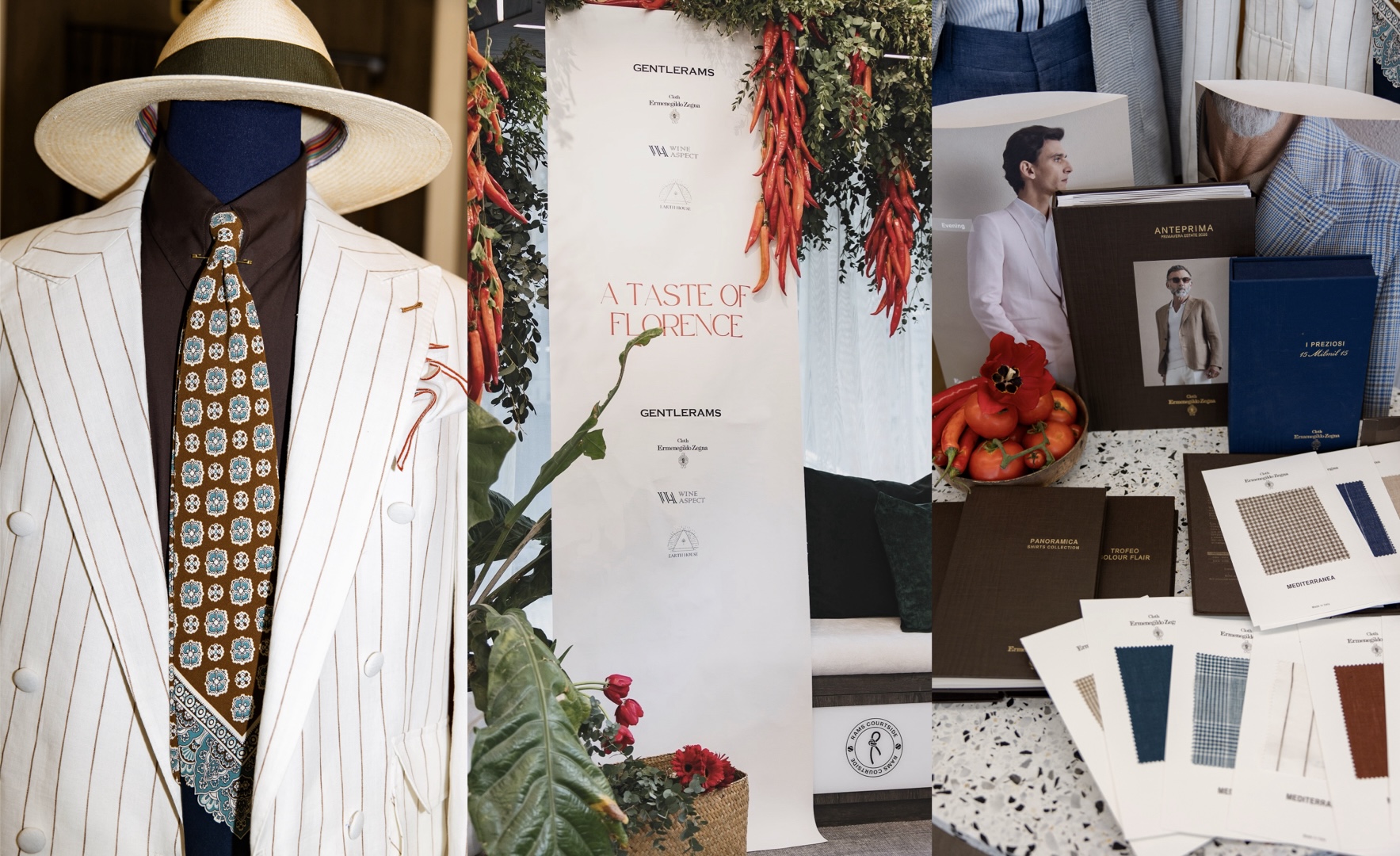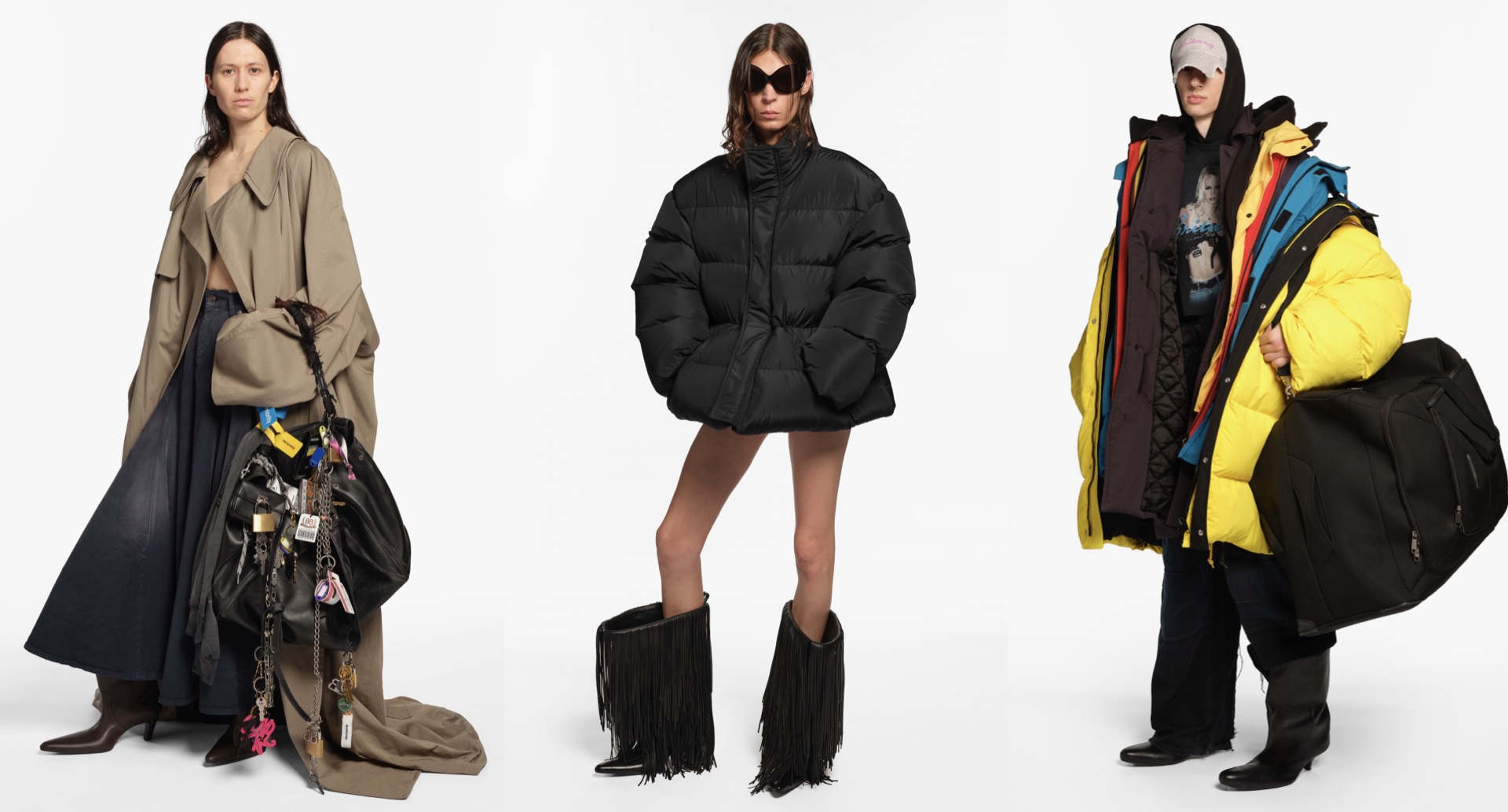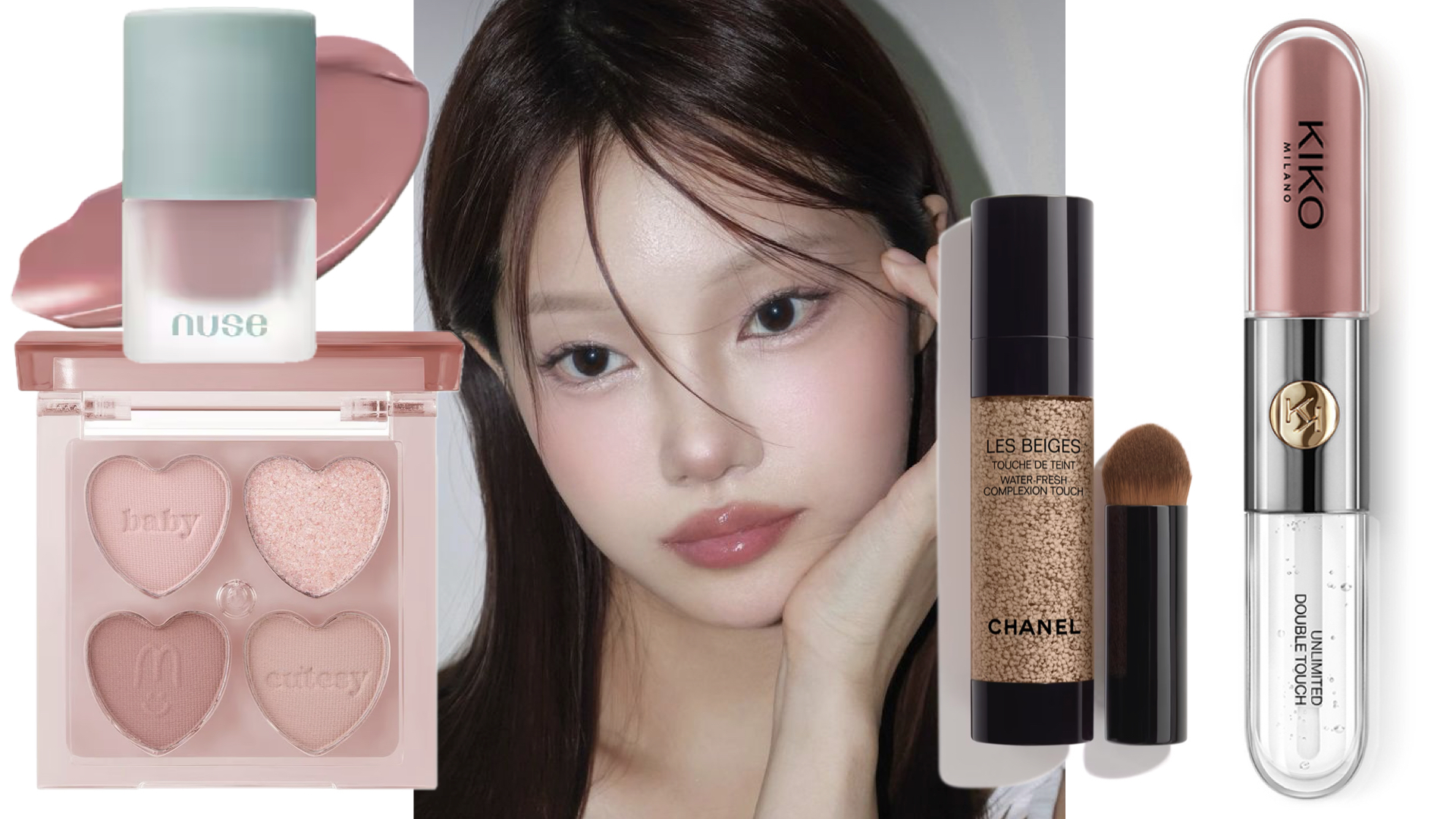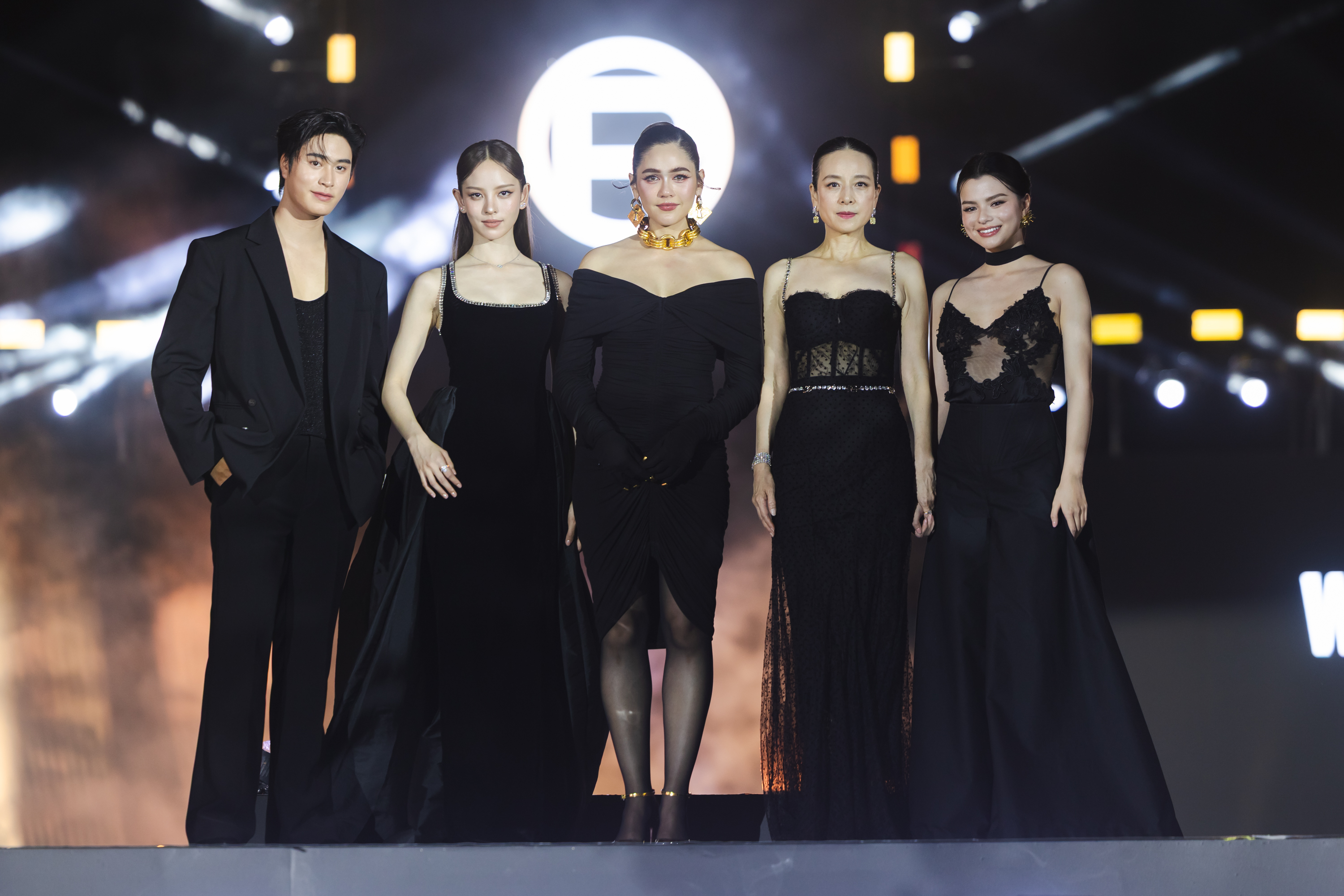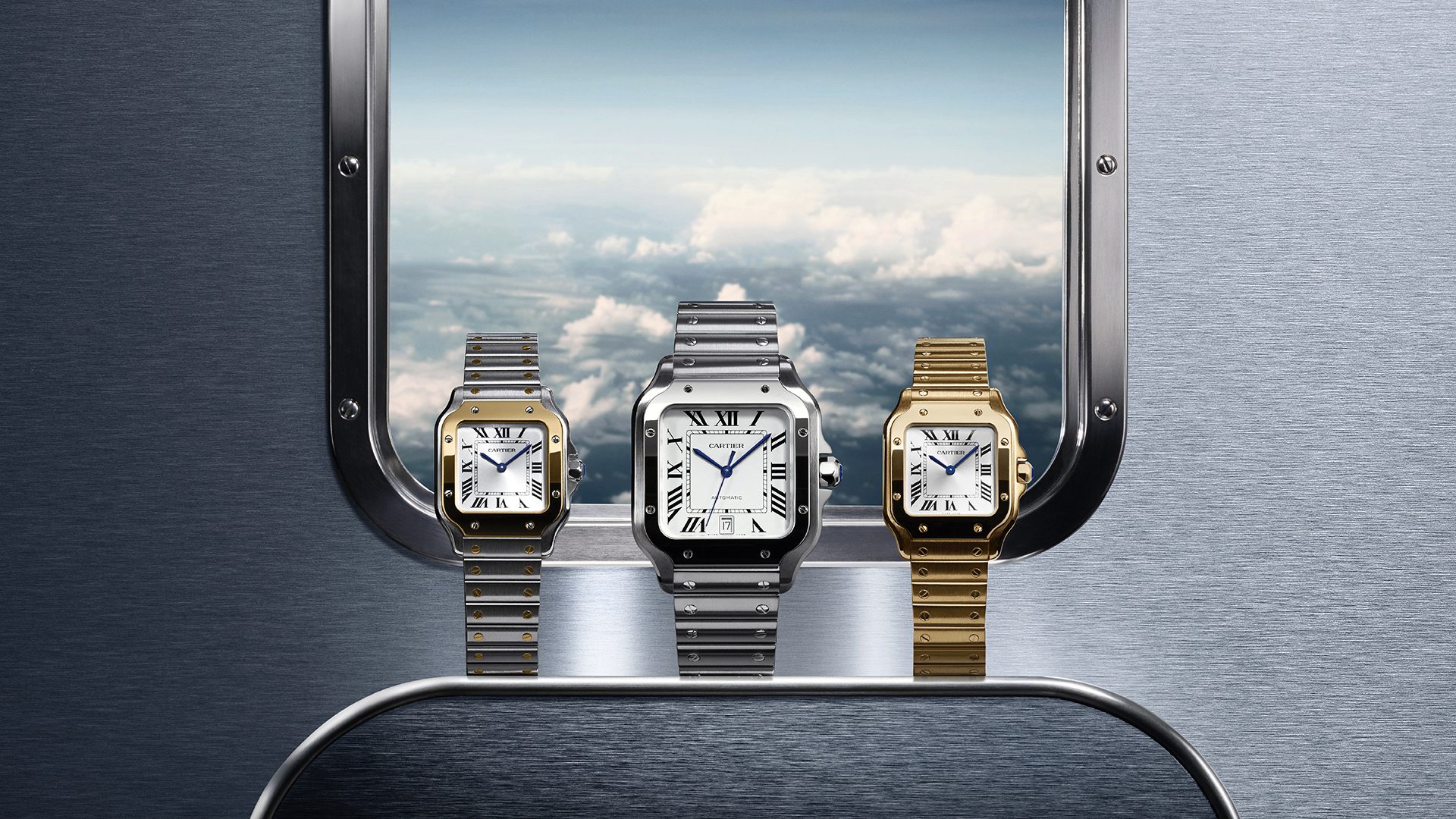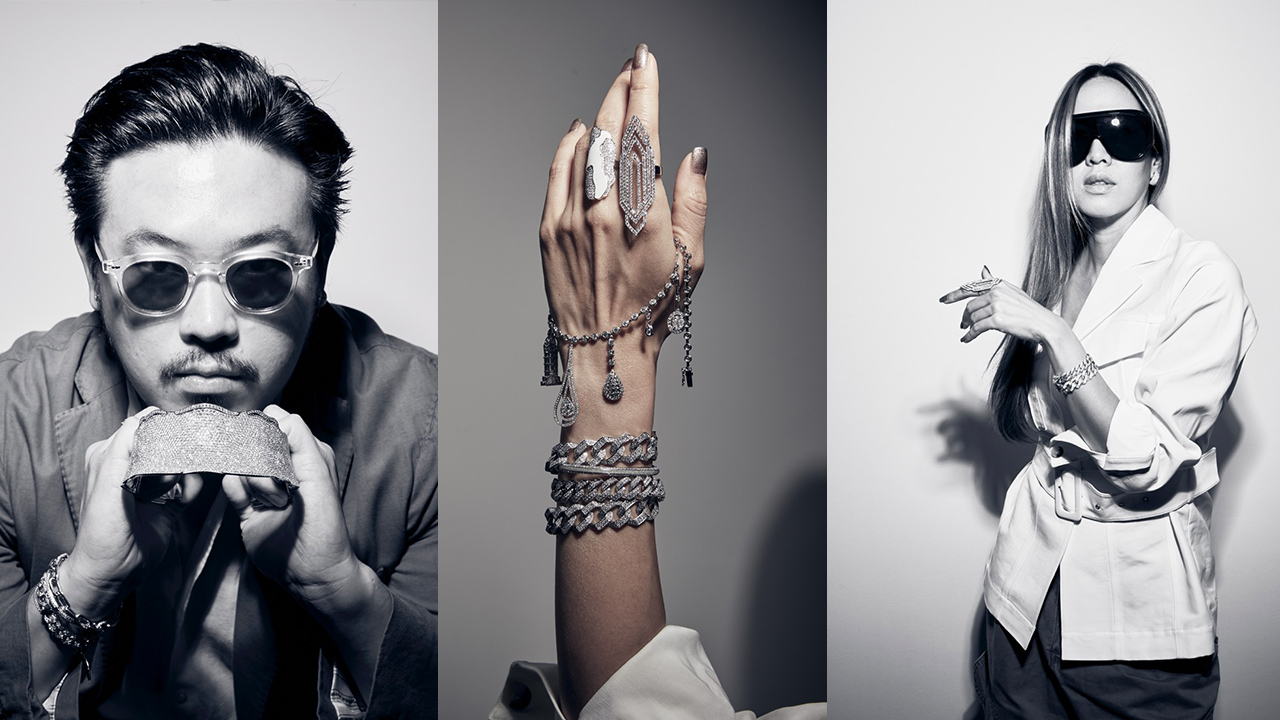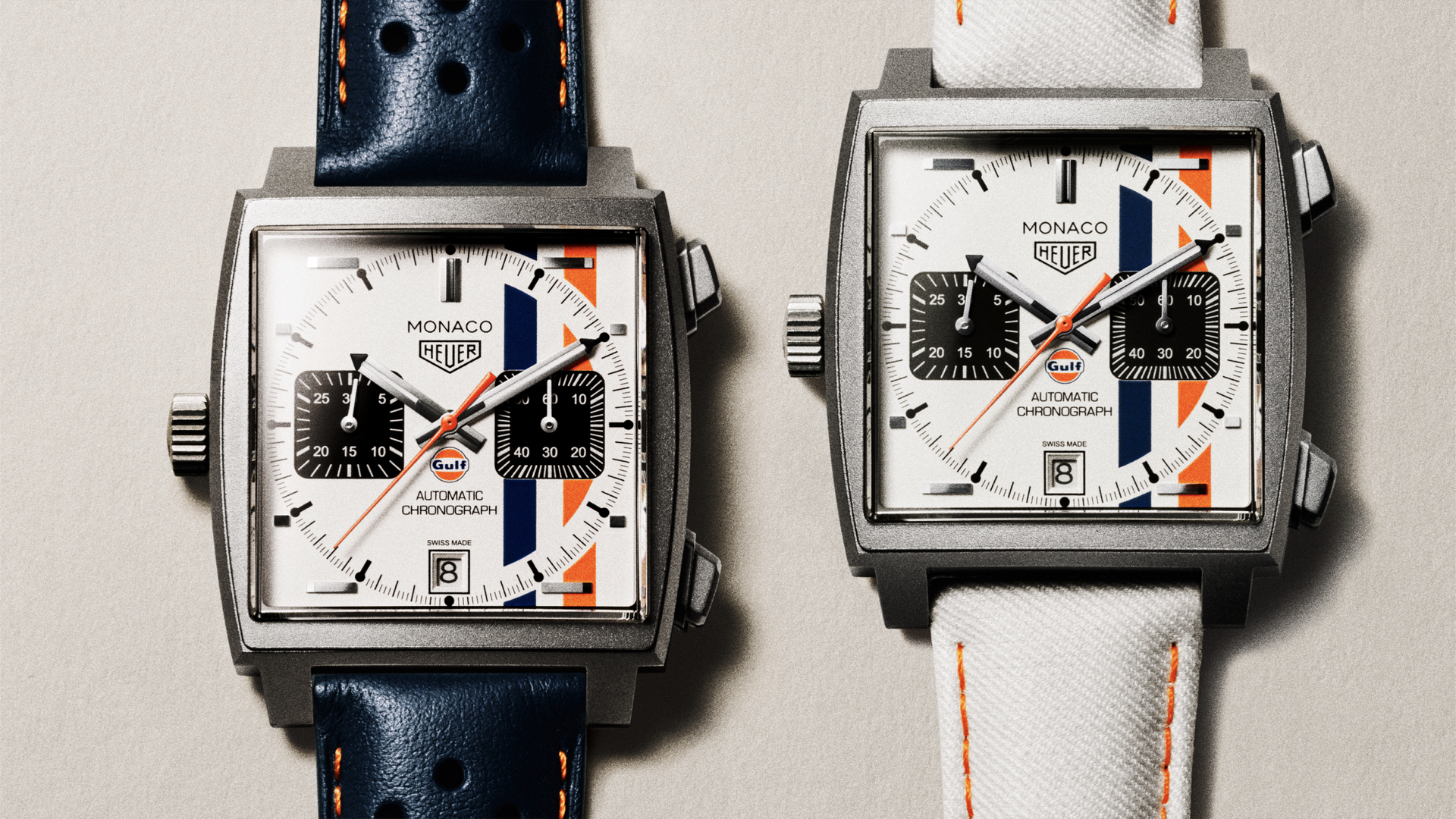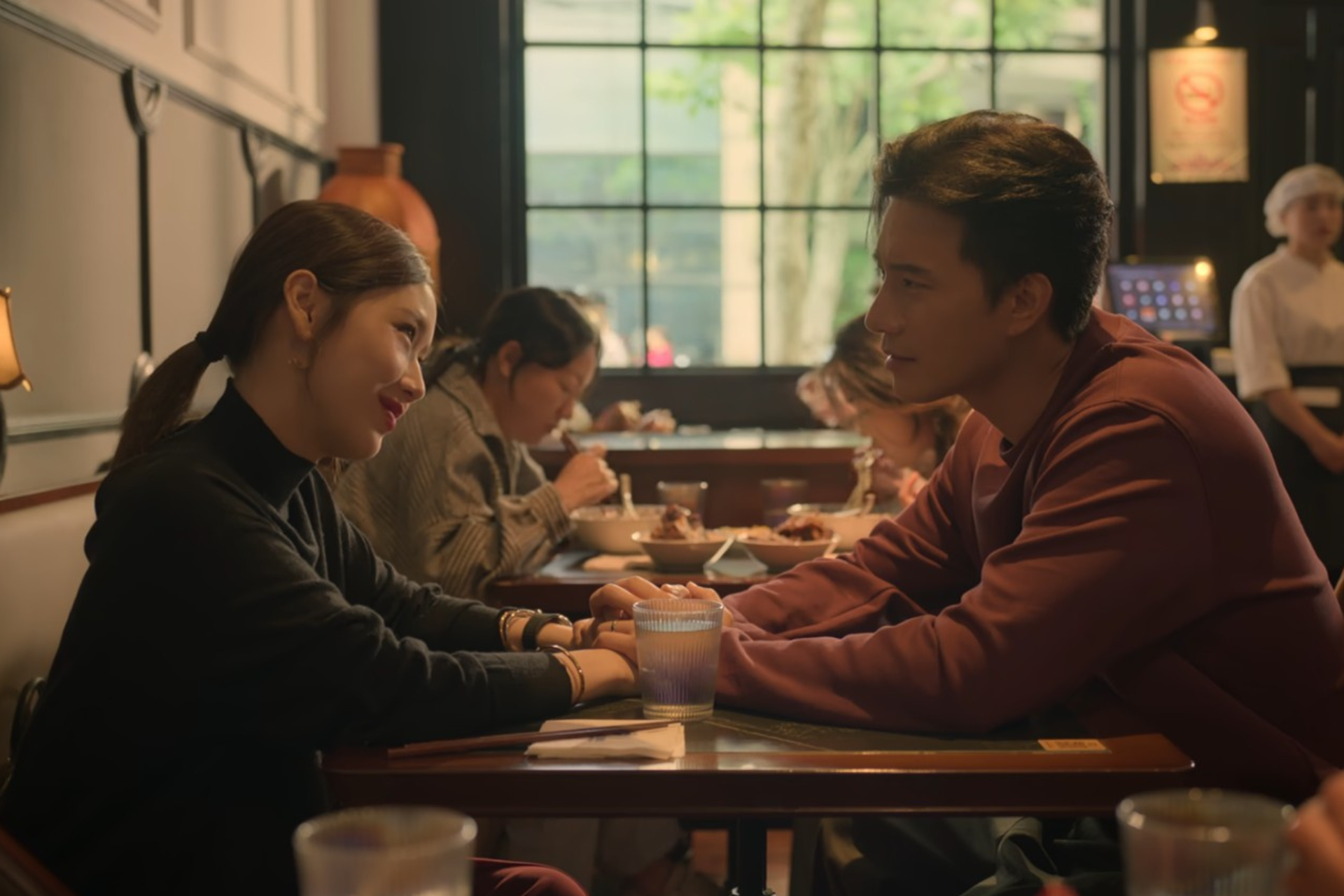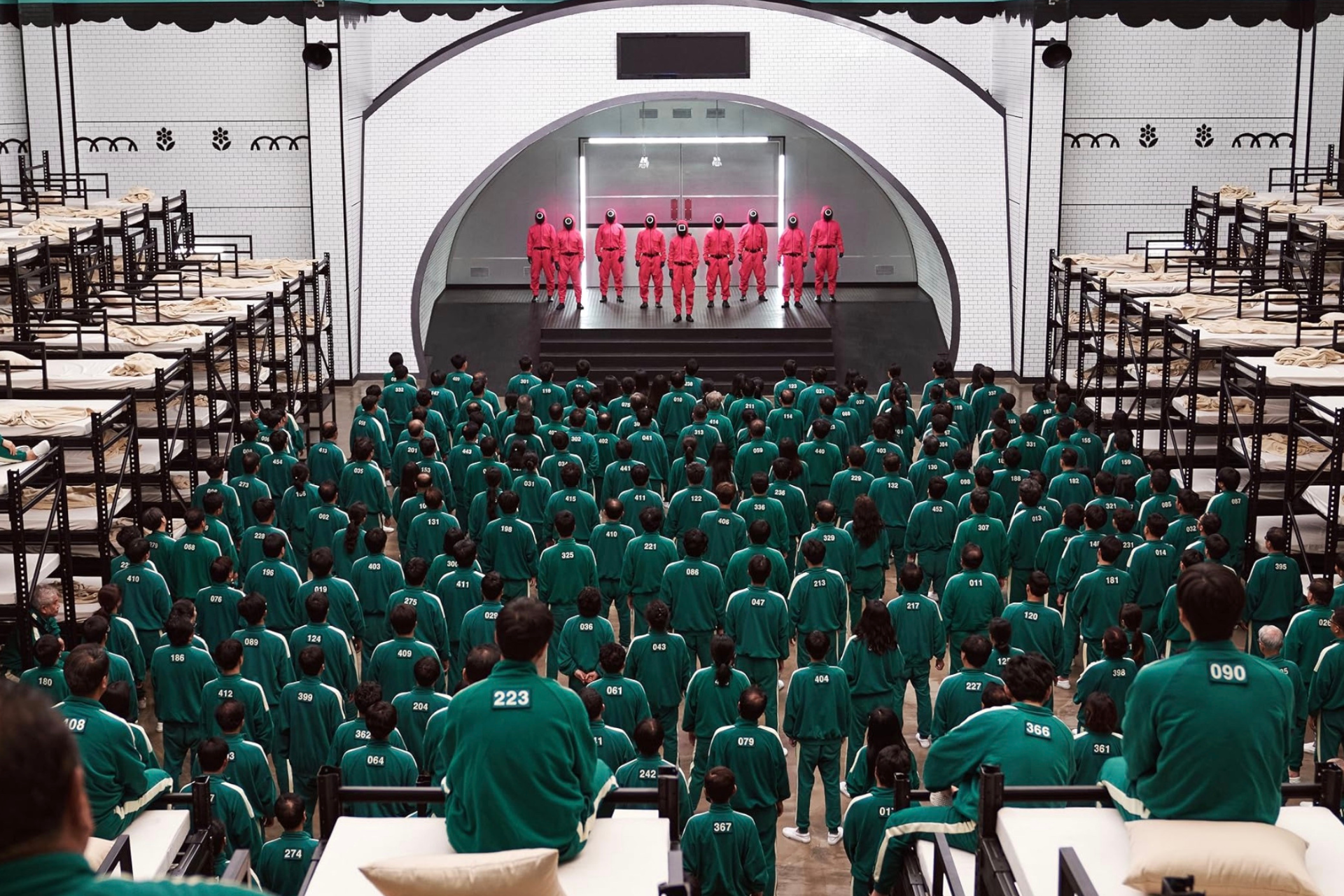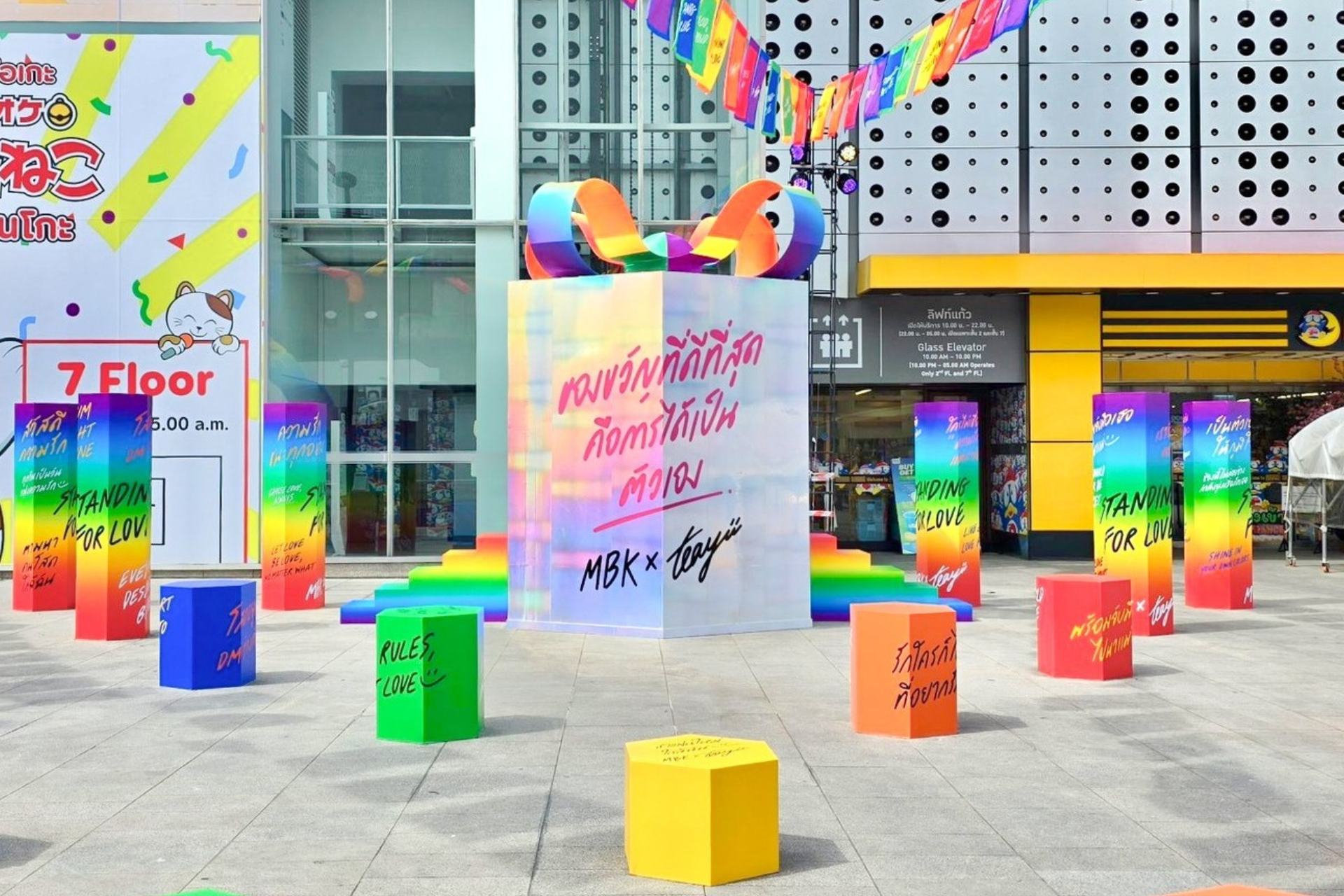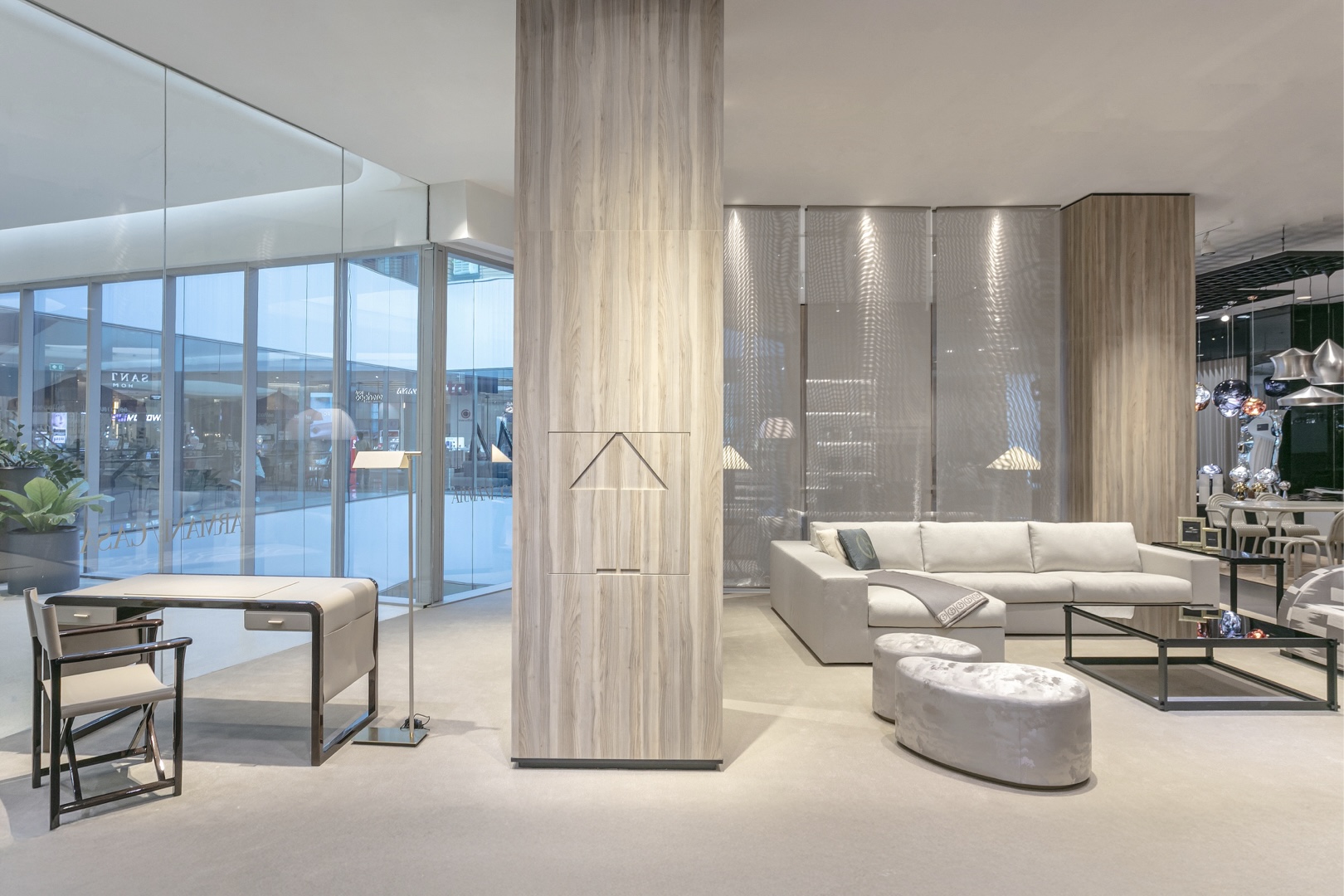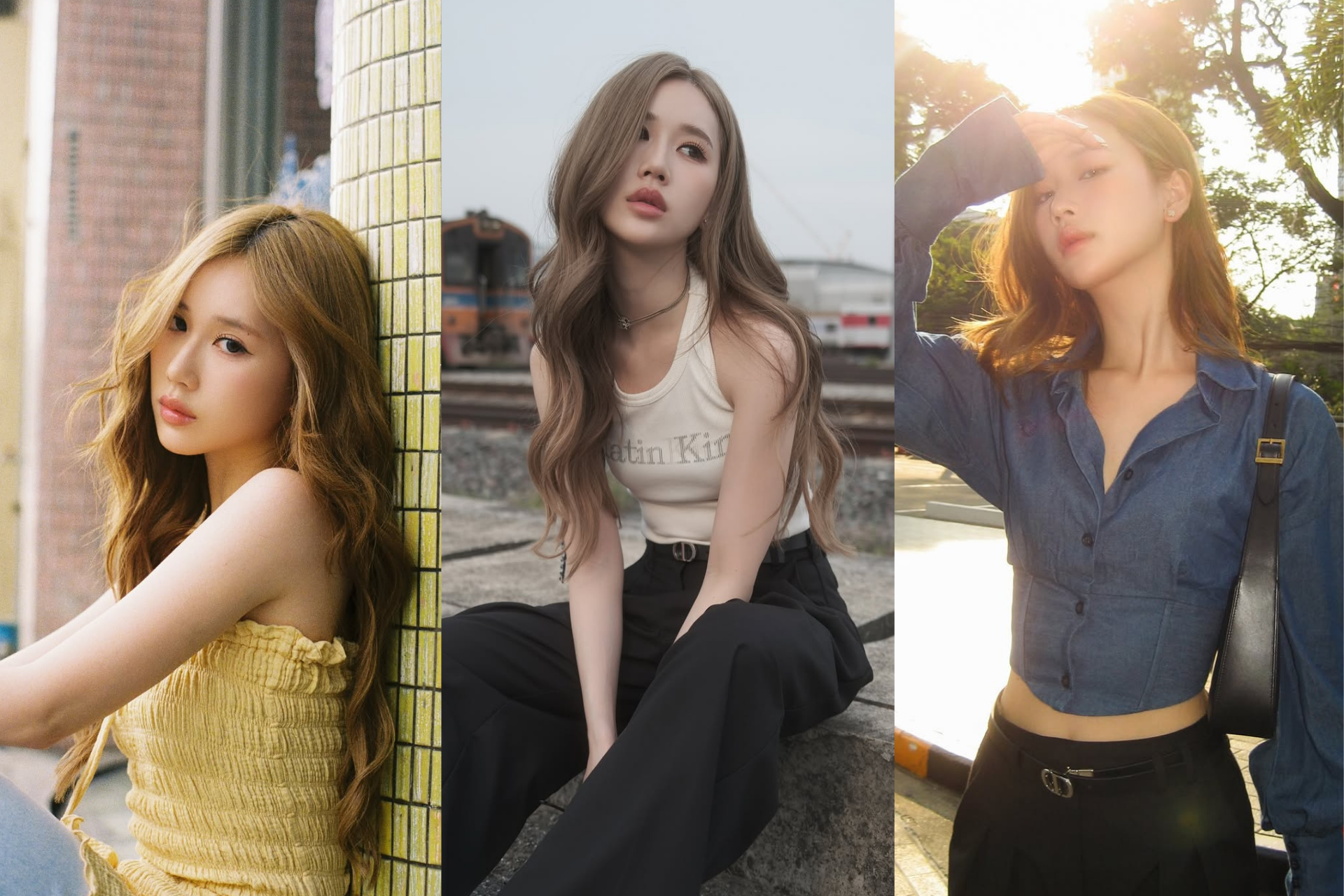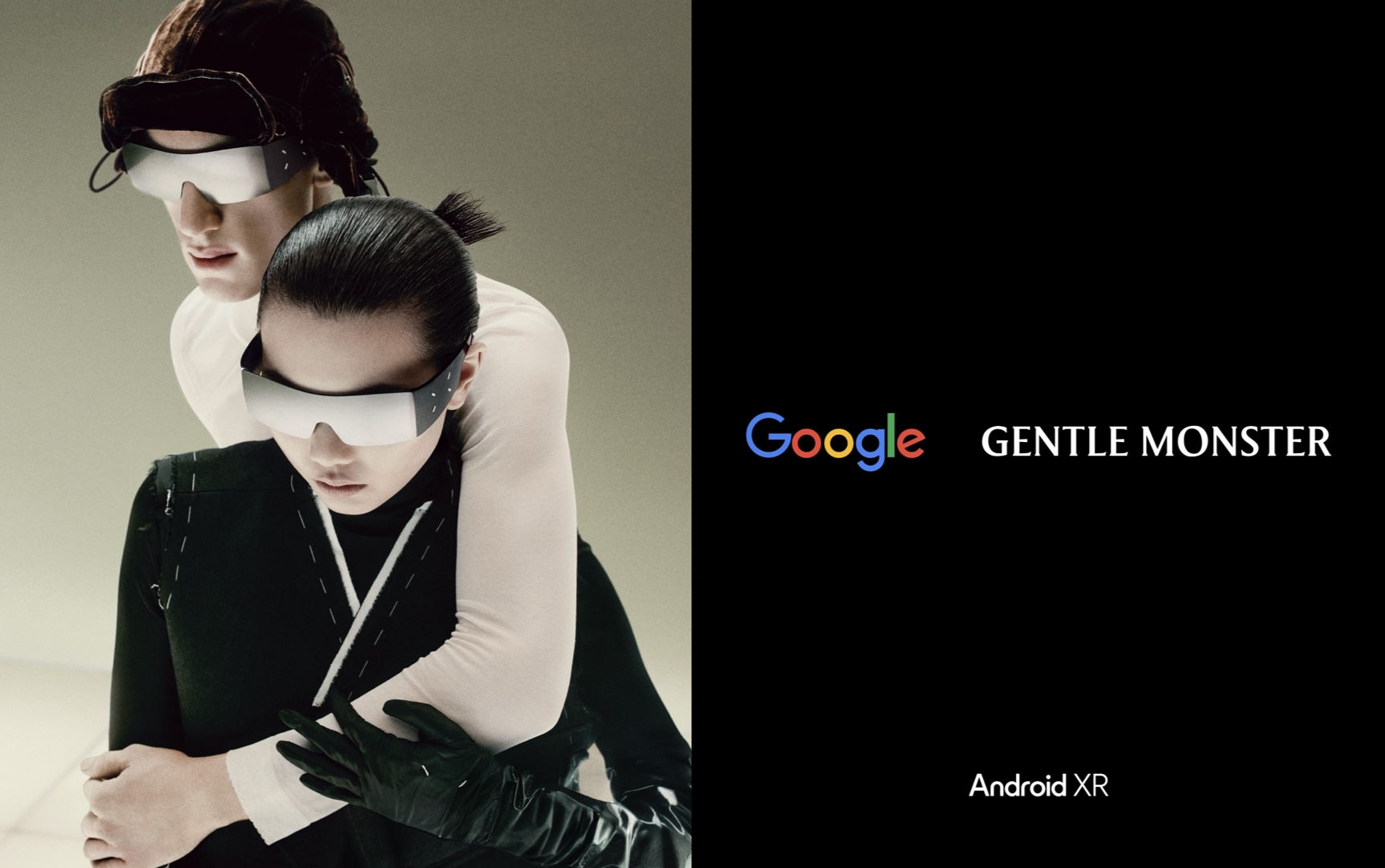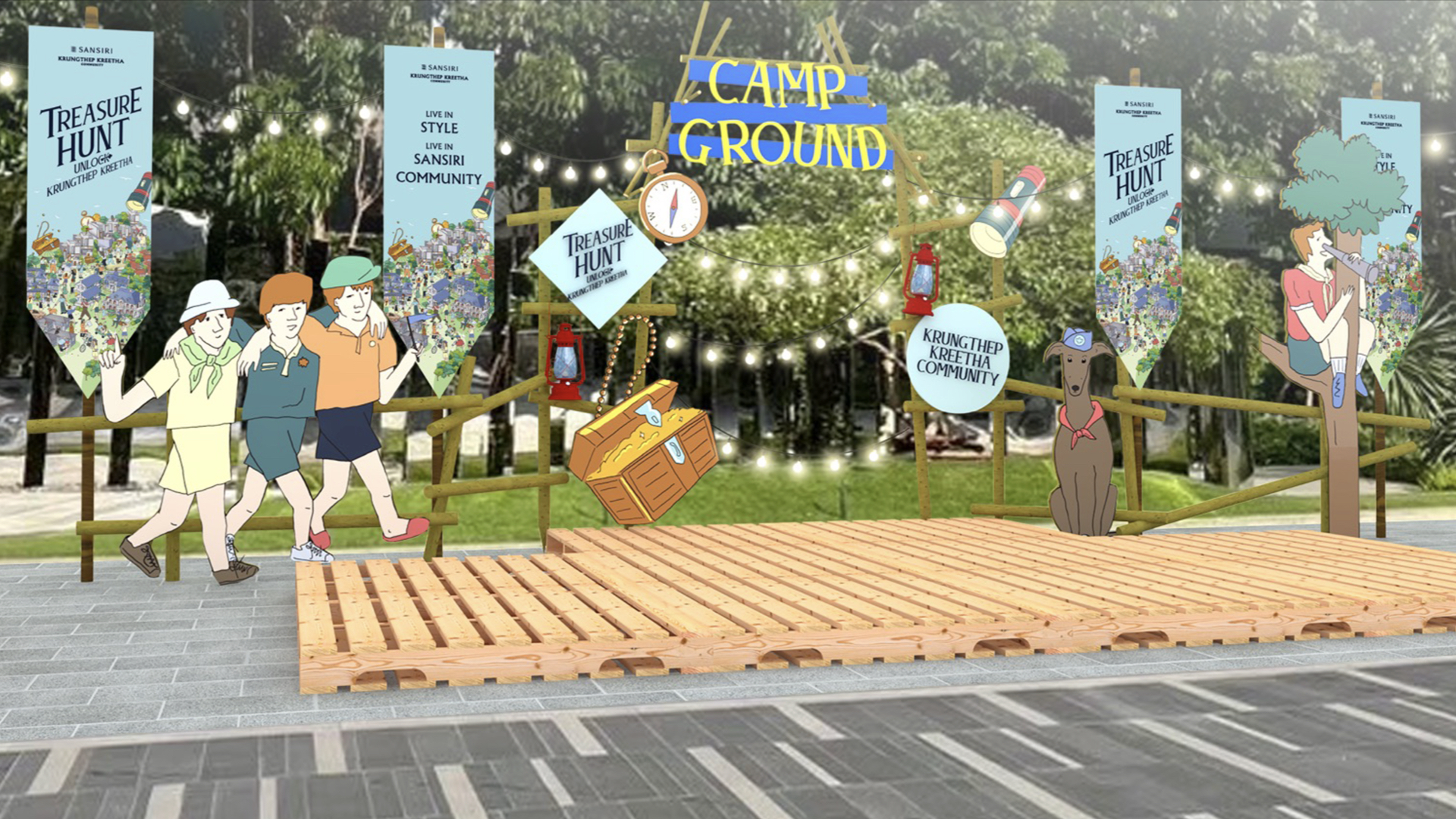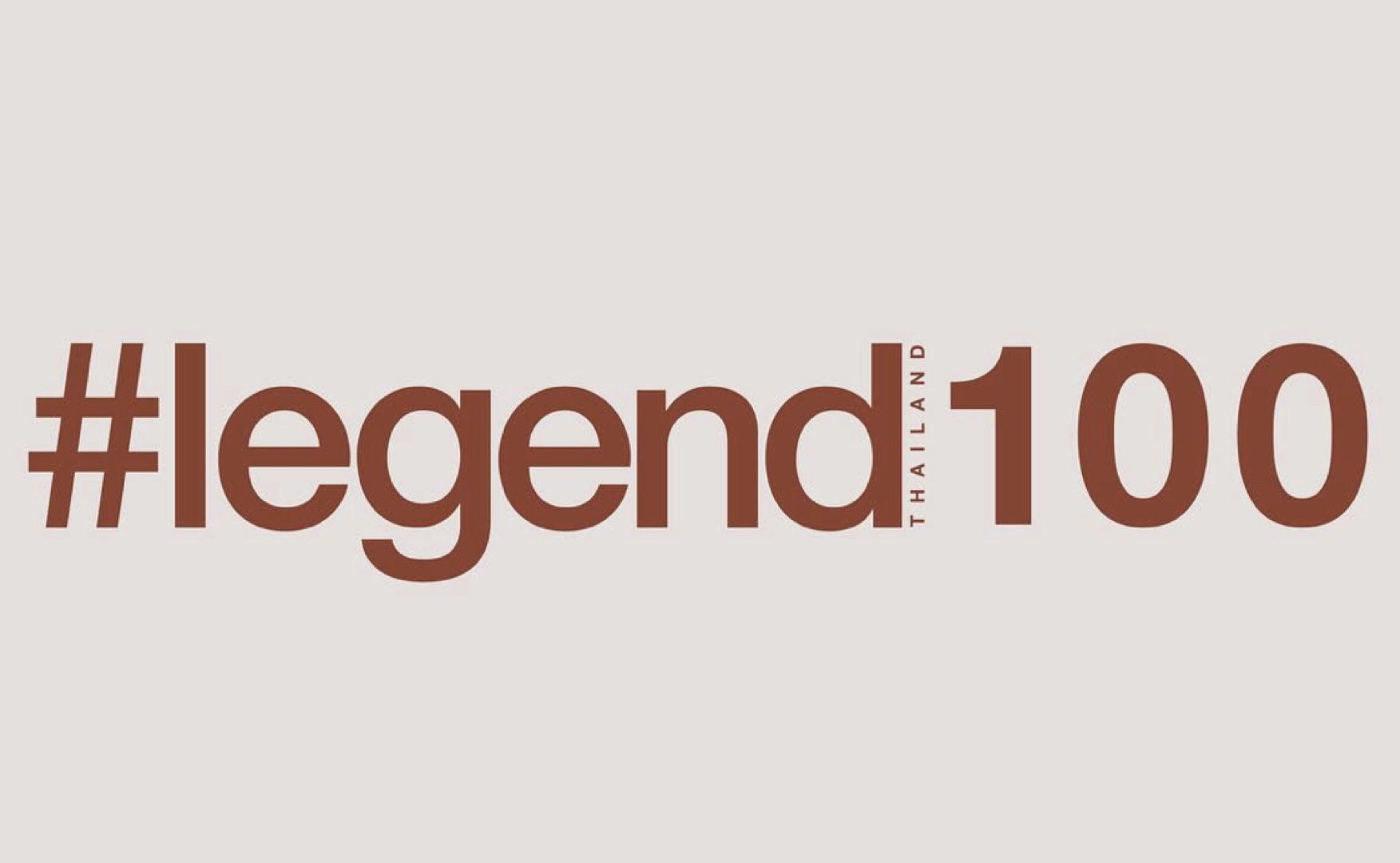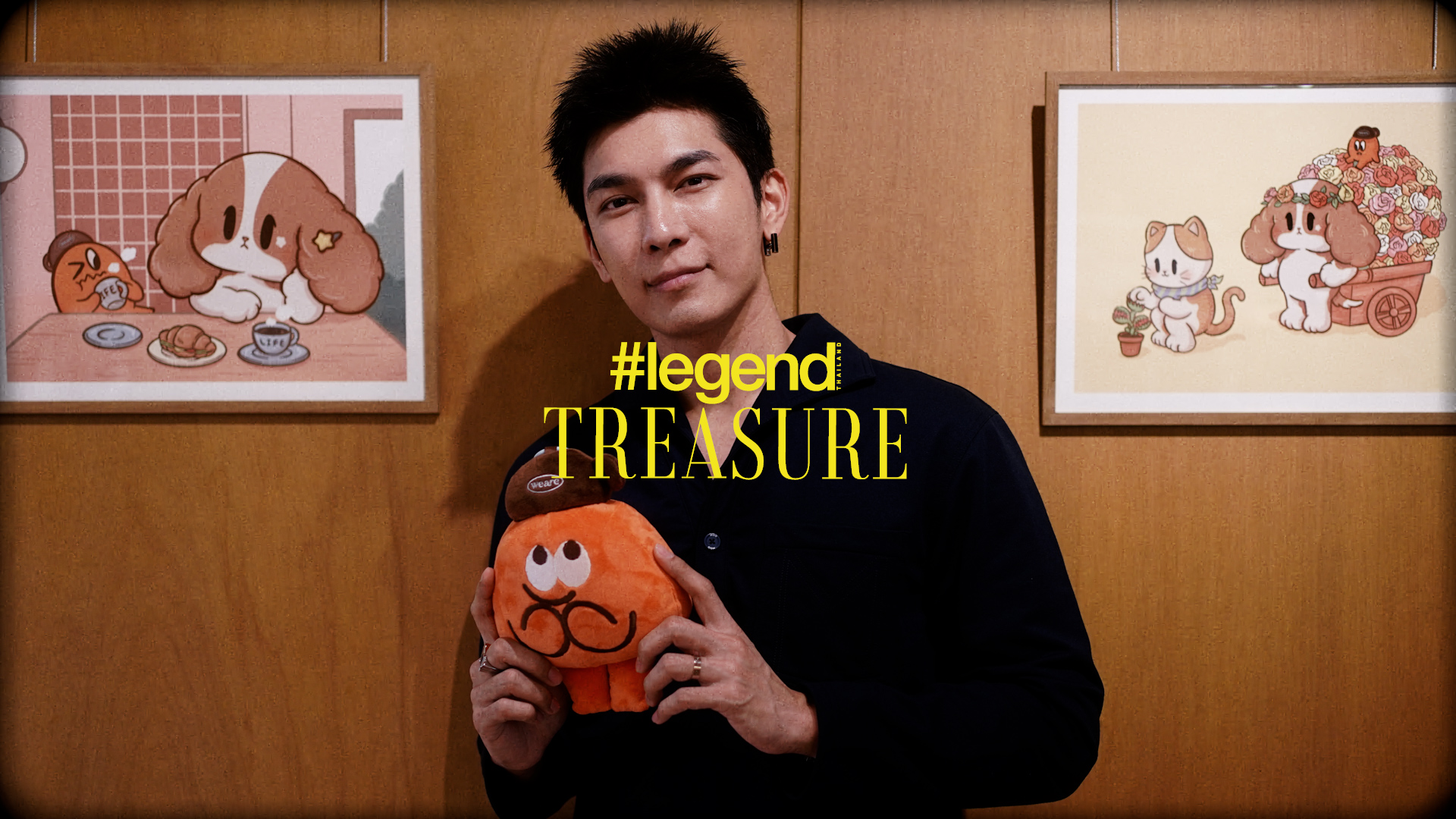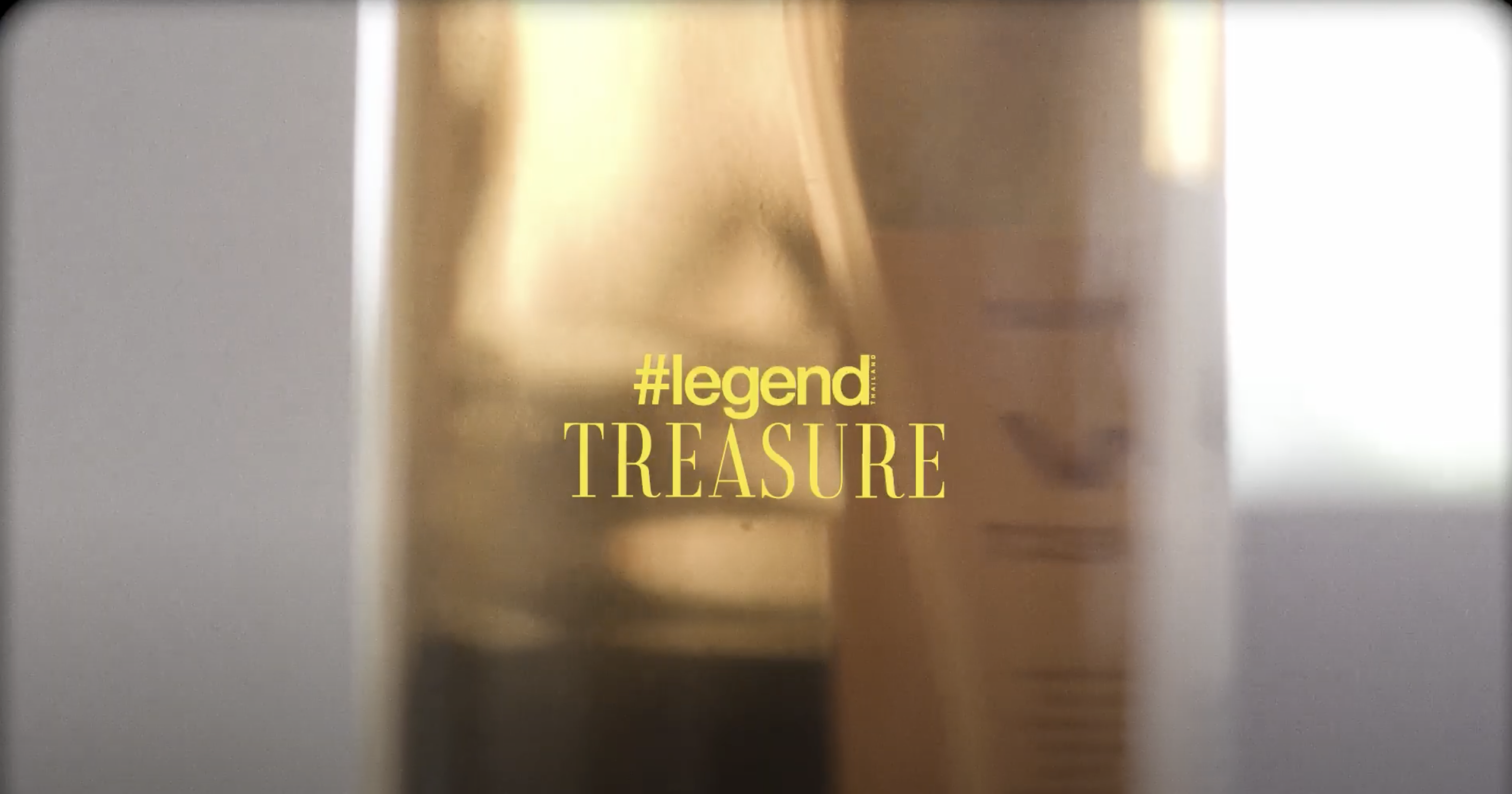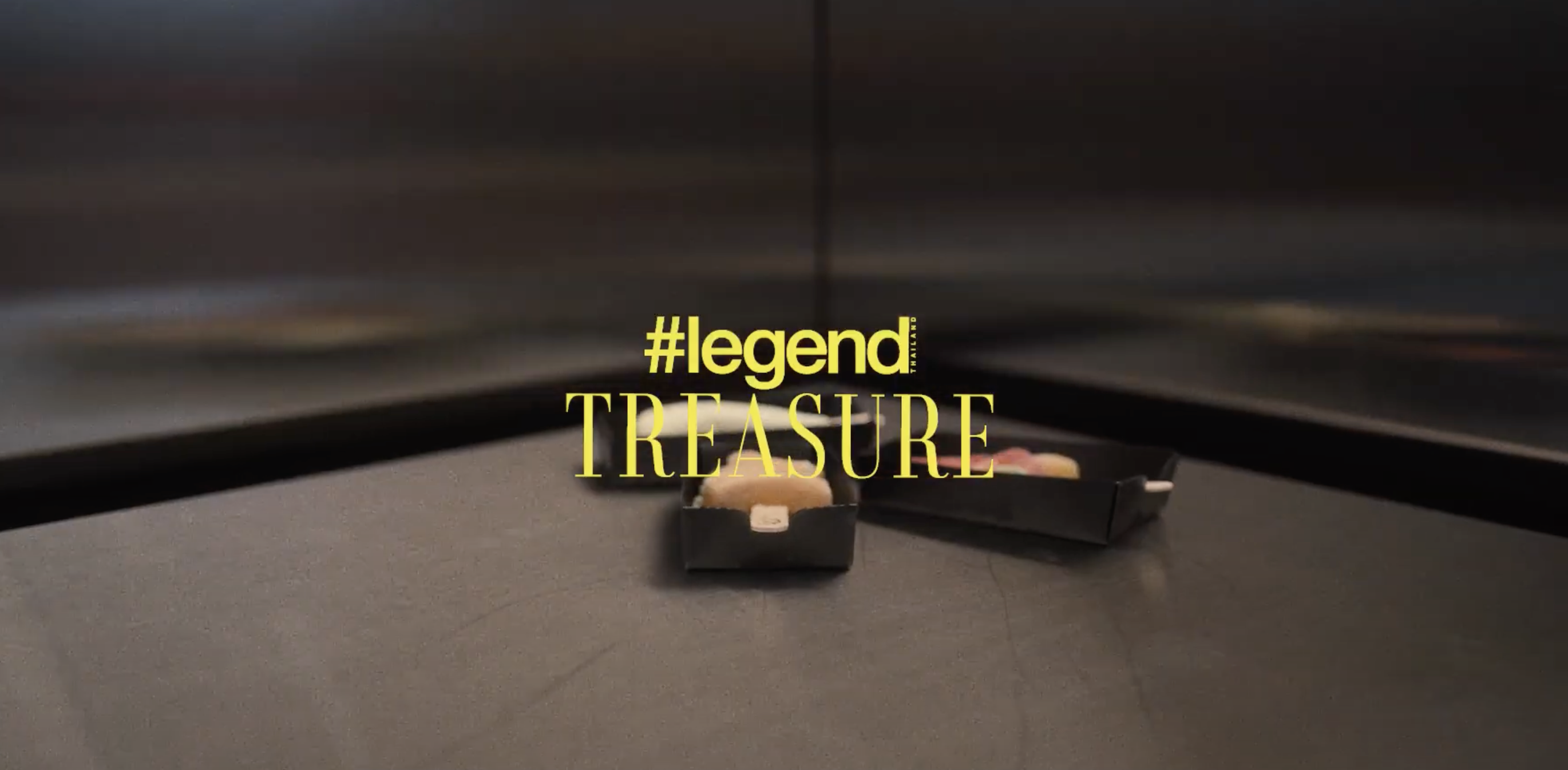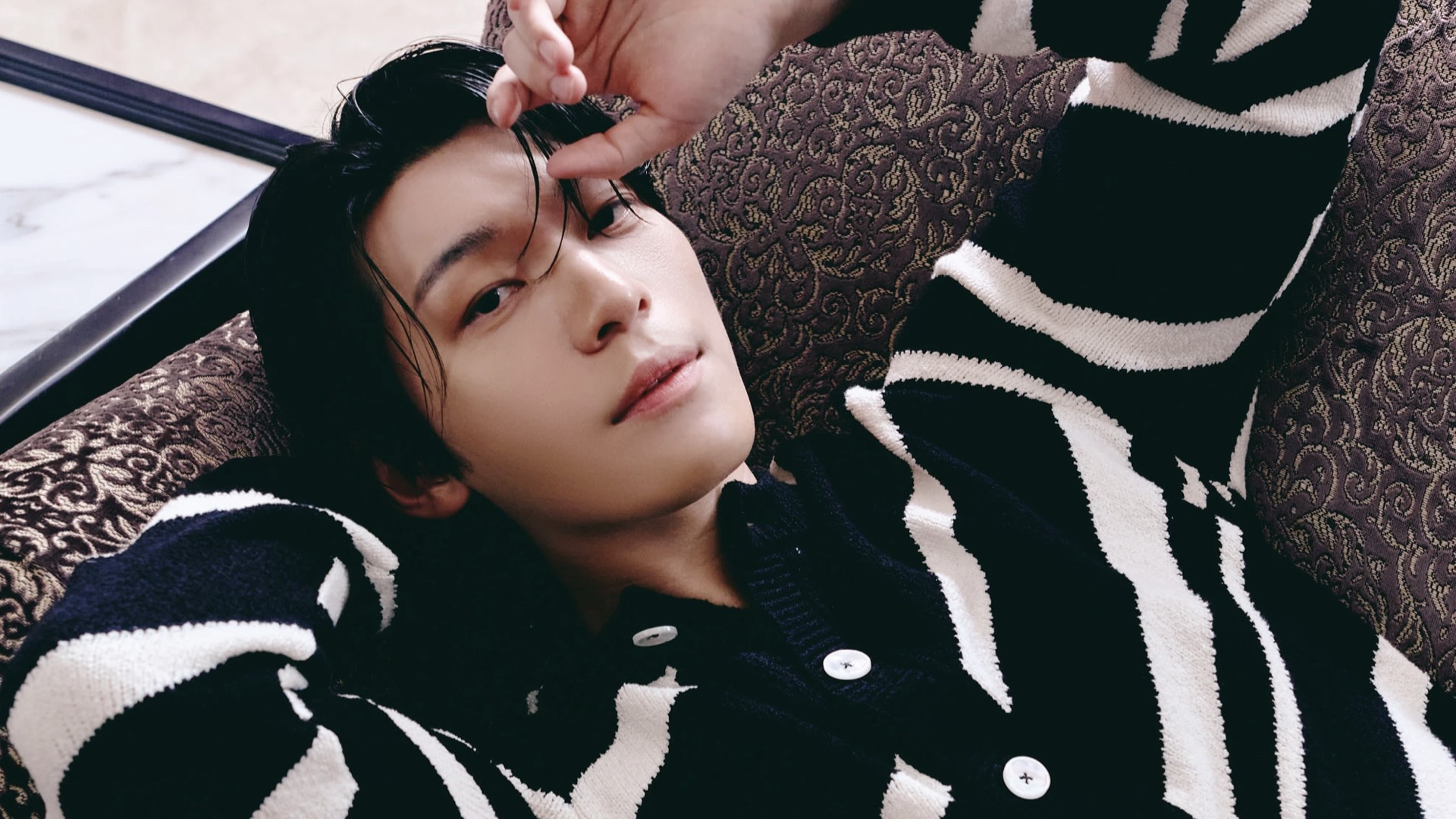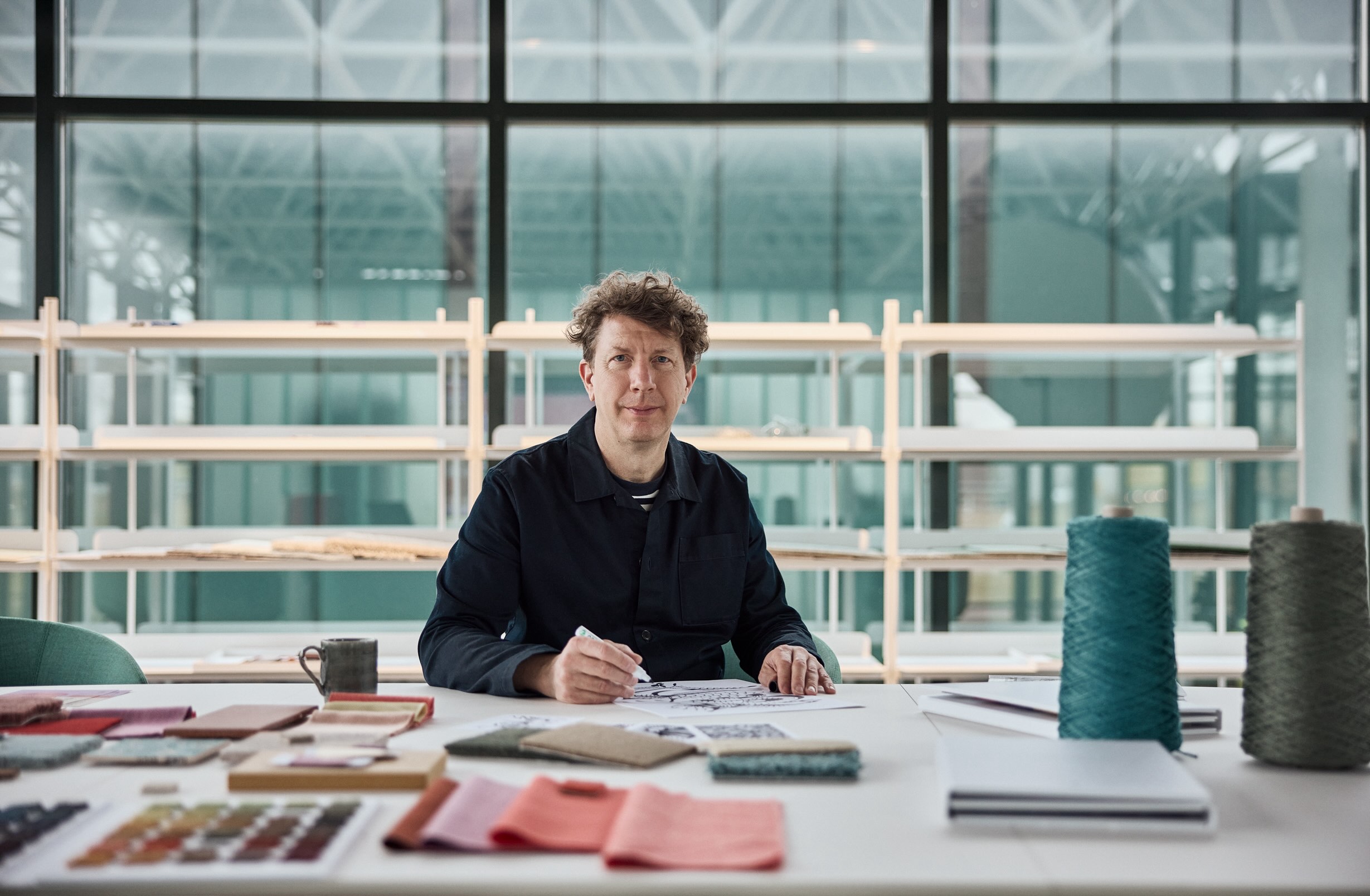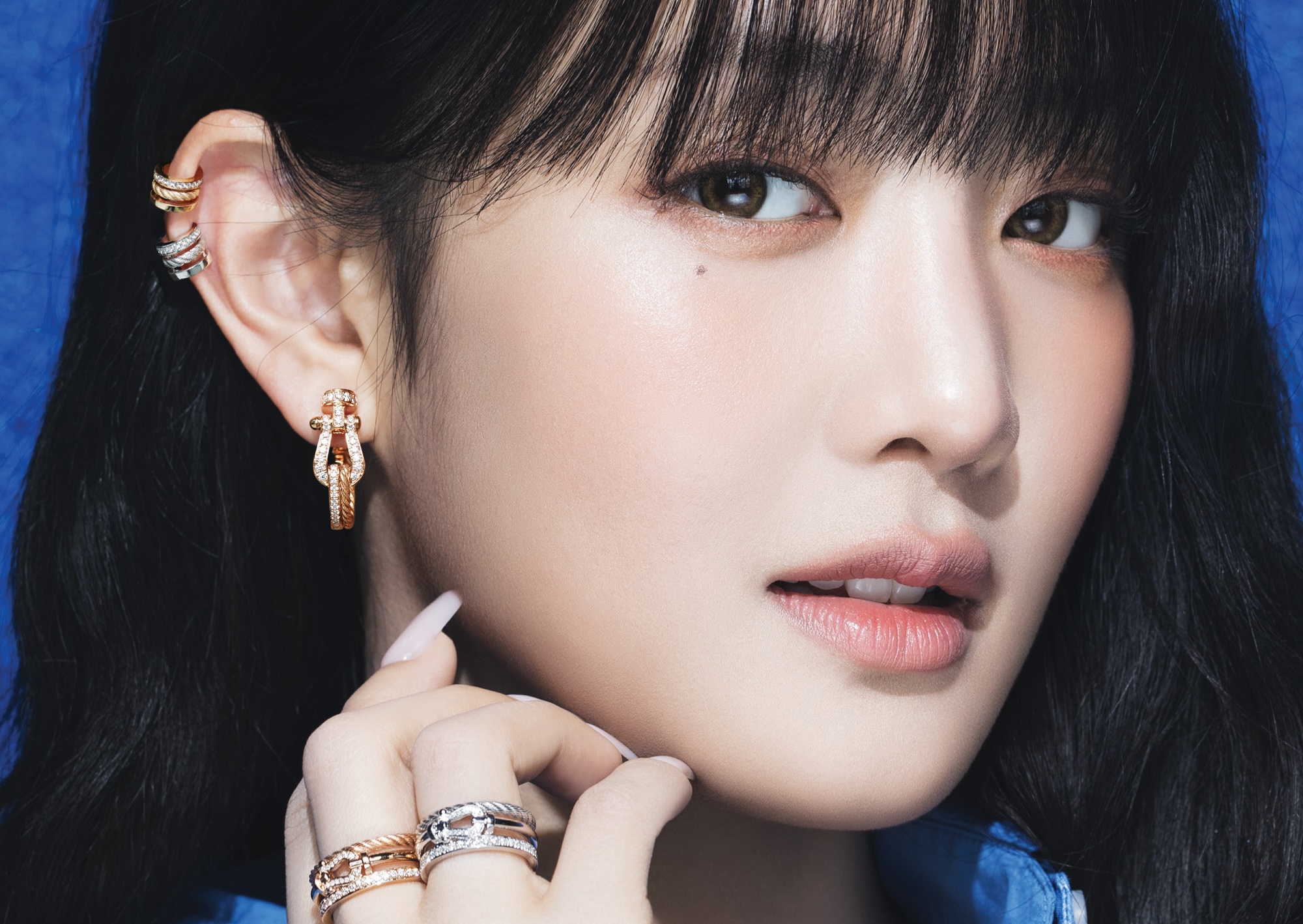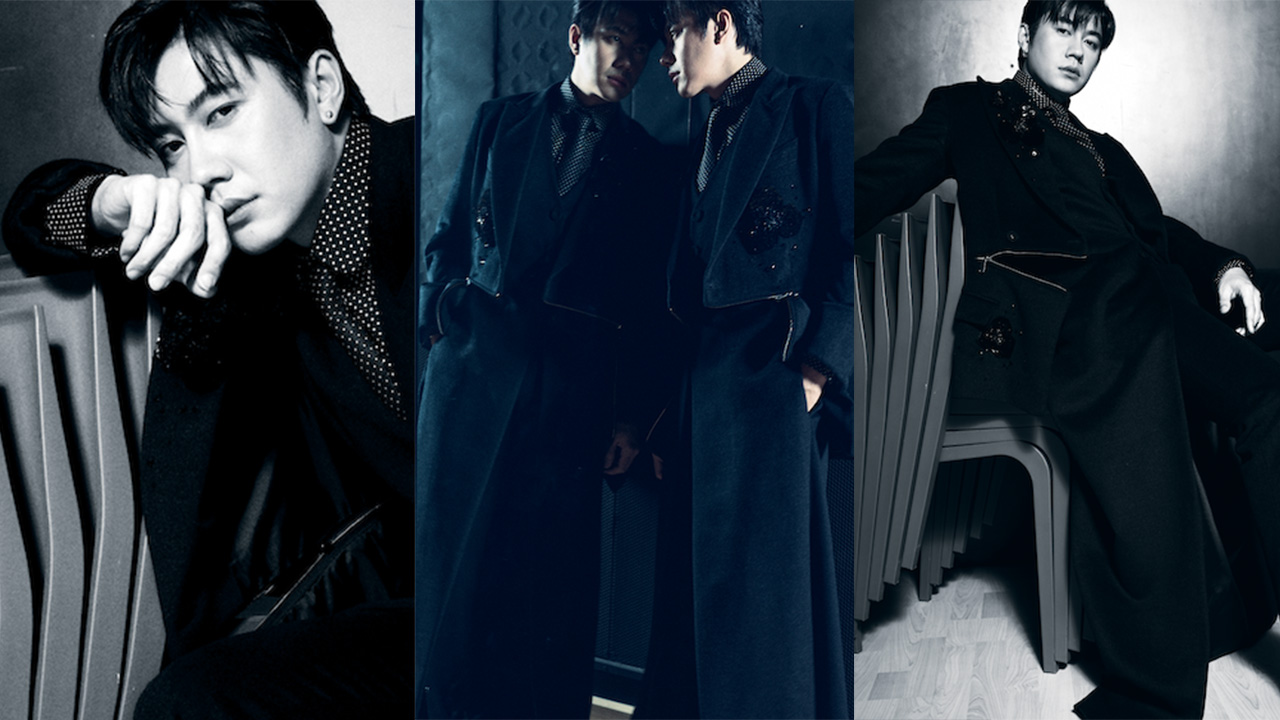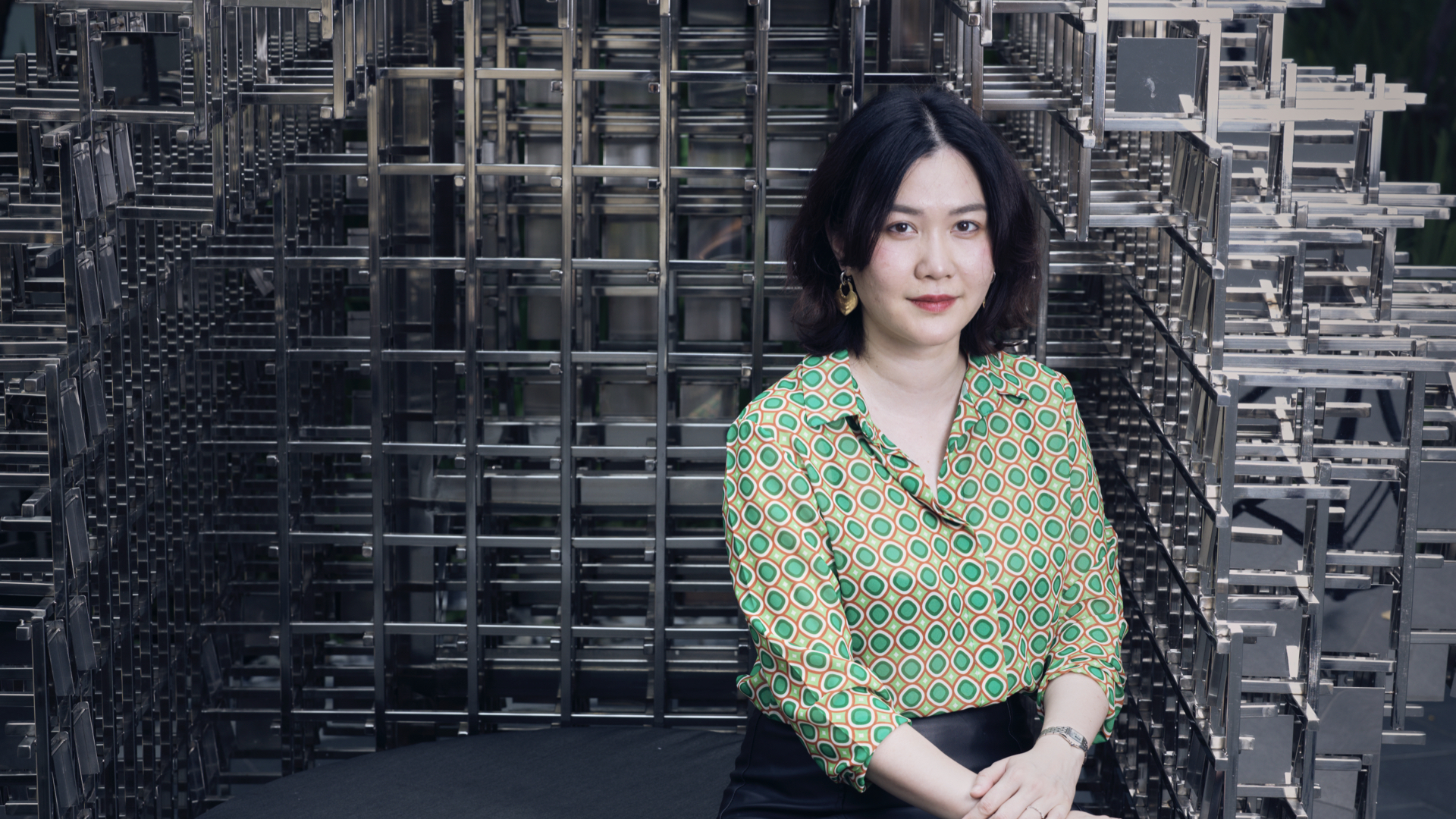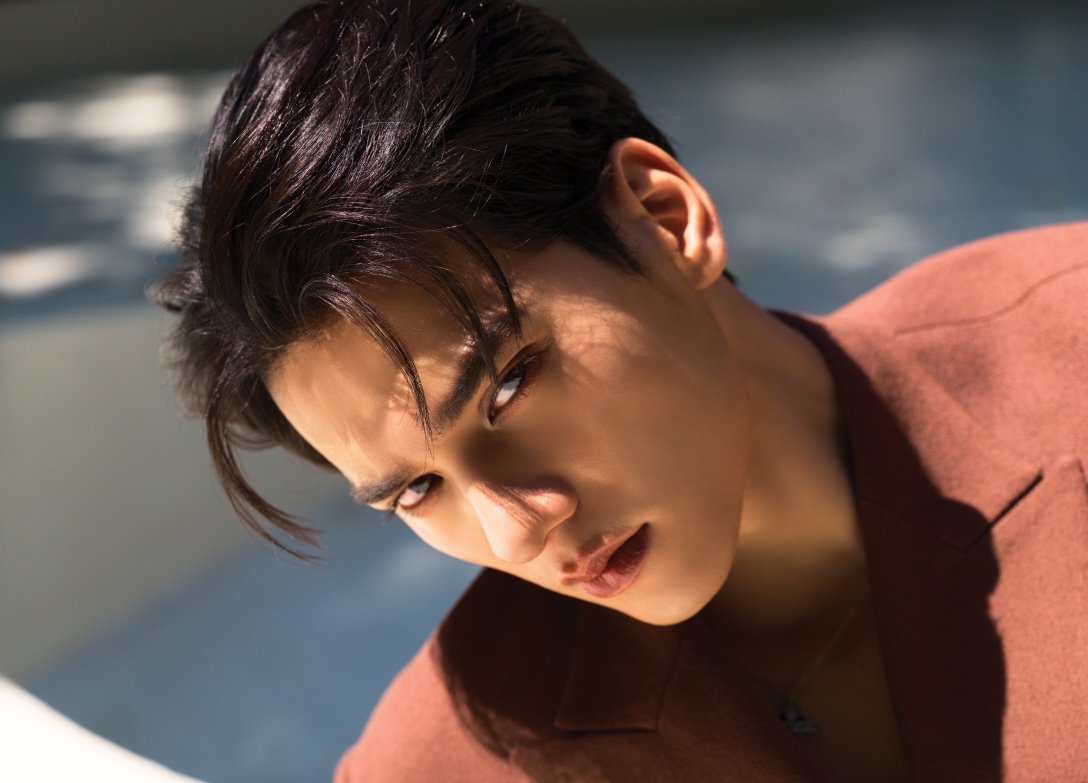Exclusive interview with Kim Marc Bobsin: Instinct, Structure, and the Chaos Within
Author: Kantinan Srisan | Photographer: Courtesy of Kim Marc Bobsin, Karsten Knocke, and Stjernegaard Fotografi & Film
May 13, 2025
"...Kim Marc Bobsin’s artistic journey is anything but ordinary. As a masterful designer from Seel Bobsin Partner and an independent artist revered for his mastery of lines, his work seamlessly blends instinct, nature, structure, and the delicate balance between order and chaos. #Legend_th had the opportunity to speak with him about his philosophy, creative vision, three-dimensional thinking, and why art remains a vital force in today’s world..."
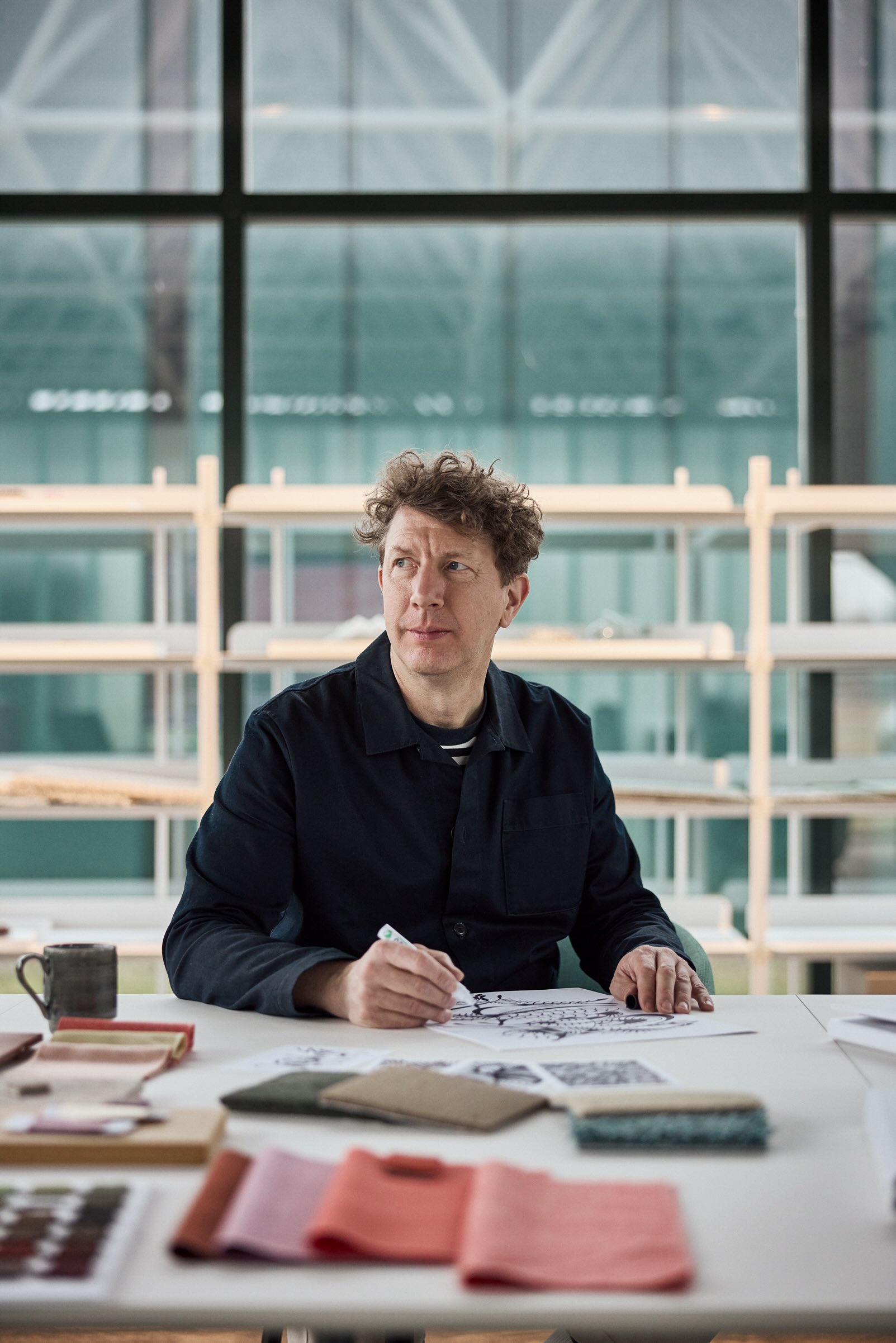
#legend_th: Do you have any principles, philosophies, or guiding beliefs that you consistently adhere to when creating your work?
BOBSIN: For me, drawing is a passion. You shouldn't limit or restrict your passions and allow them to fully unfold. That's why I follow the principle of intuitive drawing and usually start with a vague idea or a memory of an interesting shape or structure. When drawing, I react to what already exists. I like to continue using seemingly flawed details without erasing them and always try to create something new and better from them. This usually results in something very surprising that could not have been planned beforehand. No preliminary sketches. No erasing. No image editing except vectorisation for later scaling.

#legend_th: What themes, styles, or concepts do you find yourself most drawn to?
BOBSIN: As a rule, these are abstract objects that evoke various associations in the later process or in the eye of the beholder. Accordingly, there are references to flora and fauna, but also to architectural forms.
For me, clarity and simplicity are very important in order to make even the smallest details recognisable. Interestingly, the details change with the scale, as the simple line drawing can develop into massive structures, and the original line can later become a two-dimensional form. All objects follow a certain order and system, but these are created intuitively. Additional superimpositions and reductions provide an additional chaotic component without, however, cancelling out the three-dimensionality and the seemingly frozen dynamics of the objects.

#legend_th: Some artists describe their work as an extension of themselves. What are your thoughts on this belief?
BOBSIN: That's not my primary goal. But perhaps drawing is a bit of therapy for me. It calms me down. I completely shut out the world around me while I'm drawing. Not in an autistic way, but rather in a contemplative way. The drawings also reflect my professional three-dimensional ability to always think spatially and not in planes. The viewer also always sees in the depictions my very human attempt to bring order into natural chaos. Complex orders often appear chaotic at first glance. I also like to use the means of subsequently fragmenting my objects in order to breathe additional dynamism into them.
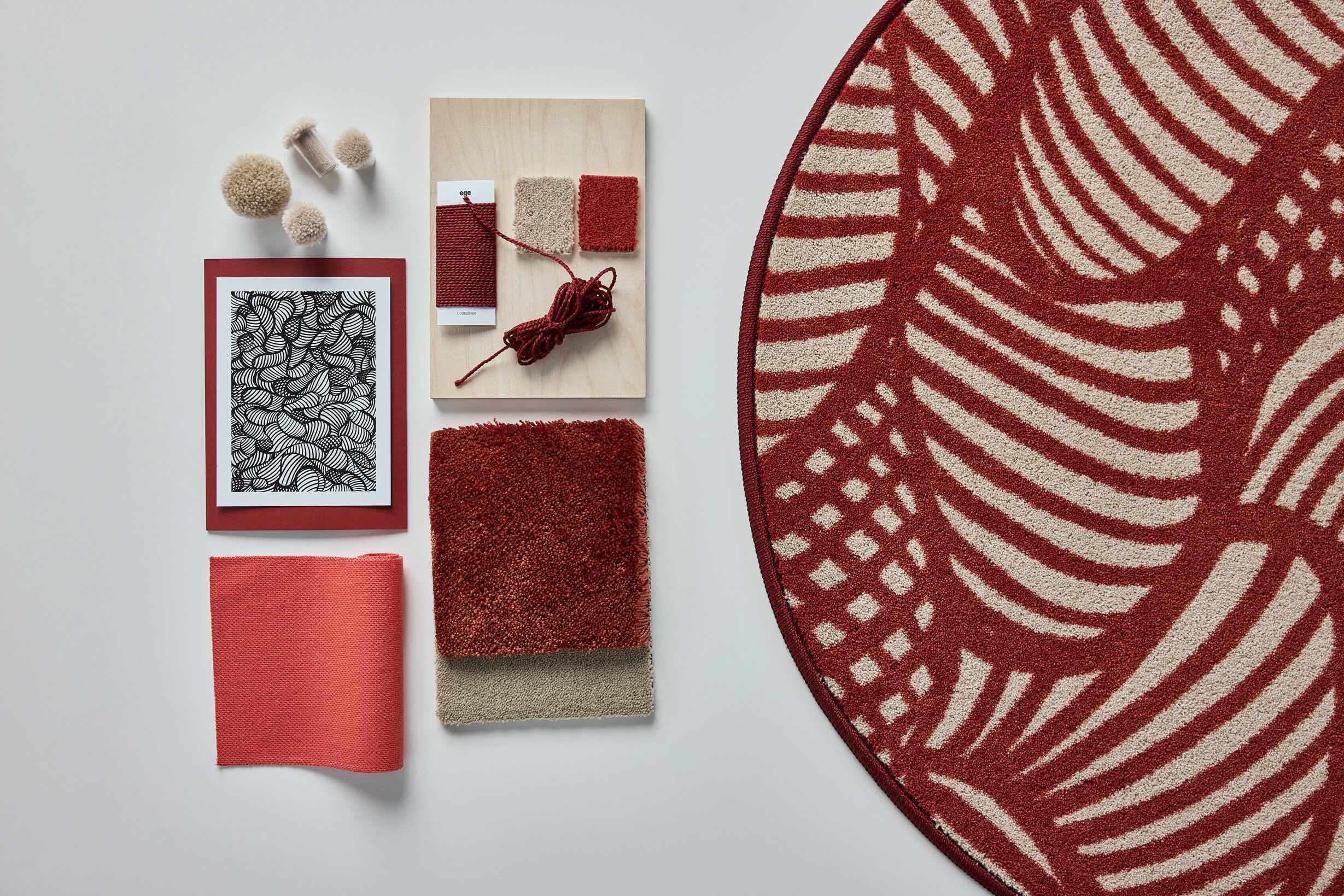
#legend_th: Can you tell me about a project you admire the most and explain why it stands out to you?
BOBSIN: There are too many exciting projects worldwide for me to commit to just one. In general, I find collaborative projects interesting, where partners from different industries create new products in dialogue. Where, for example, graphics meet textiles, fashion meets furniture, car meets fashion, or interior meets fragrance to create the unexpected. In marketing terms, these collaborations are very interesting, as markets overlap and new target groups are created for high-quality products. I am therefore looking forward to the future opportunities that await me and my artwork!
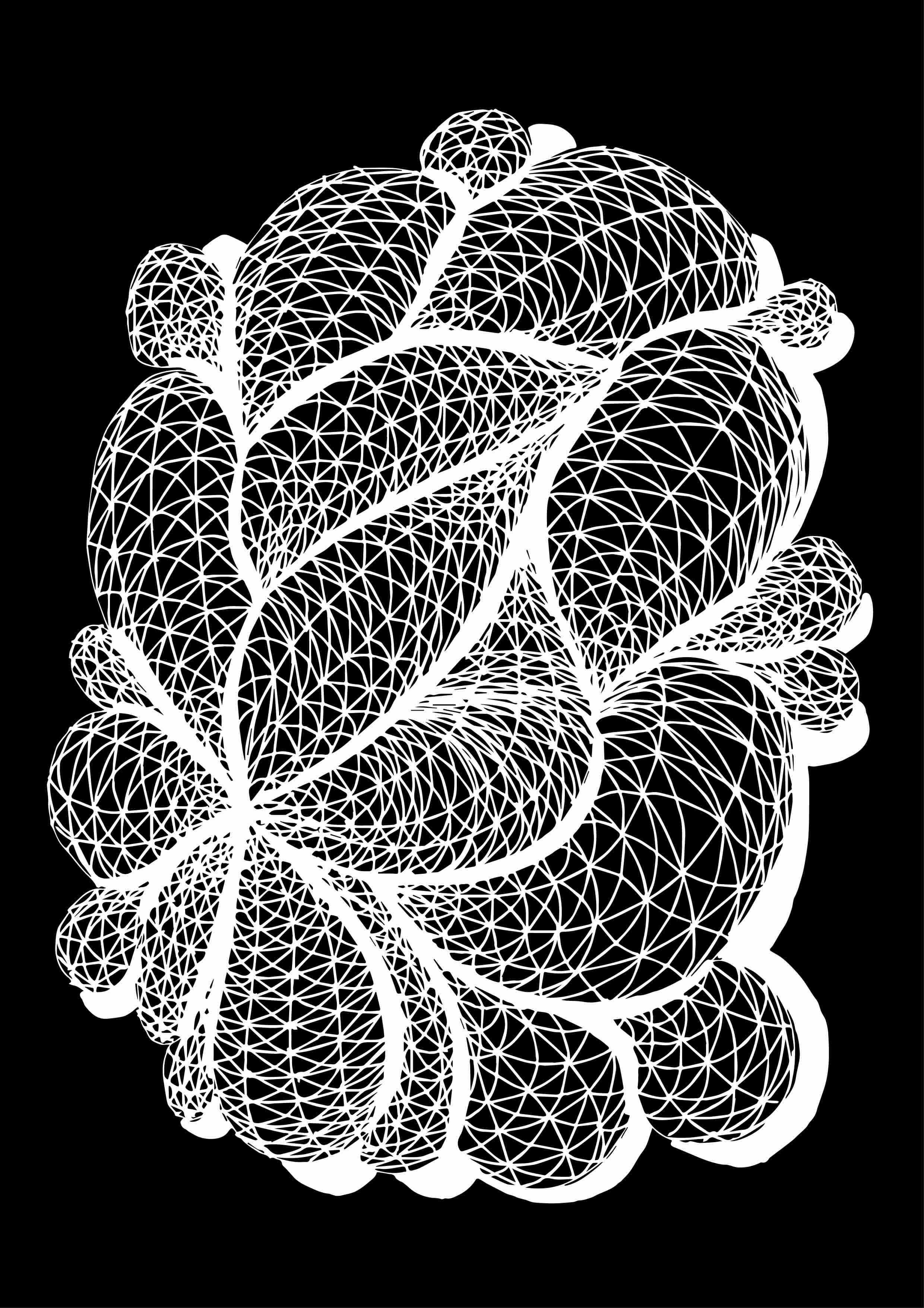
#legend_th: Your work often incorporates complex symbols and elements. How do you approach the use of symbolism in your art?
BOBSIN: I try to avoid depicting real symbols or objects in my drawings. I find that personally boring. However, during the creation process, some representations develop into forms that allow for some interpretations. Similarities naturally flow in unconsciously. I am a very visual person, and my head is full of them. I am also aware that some symbols are read differently in different cultures.
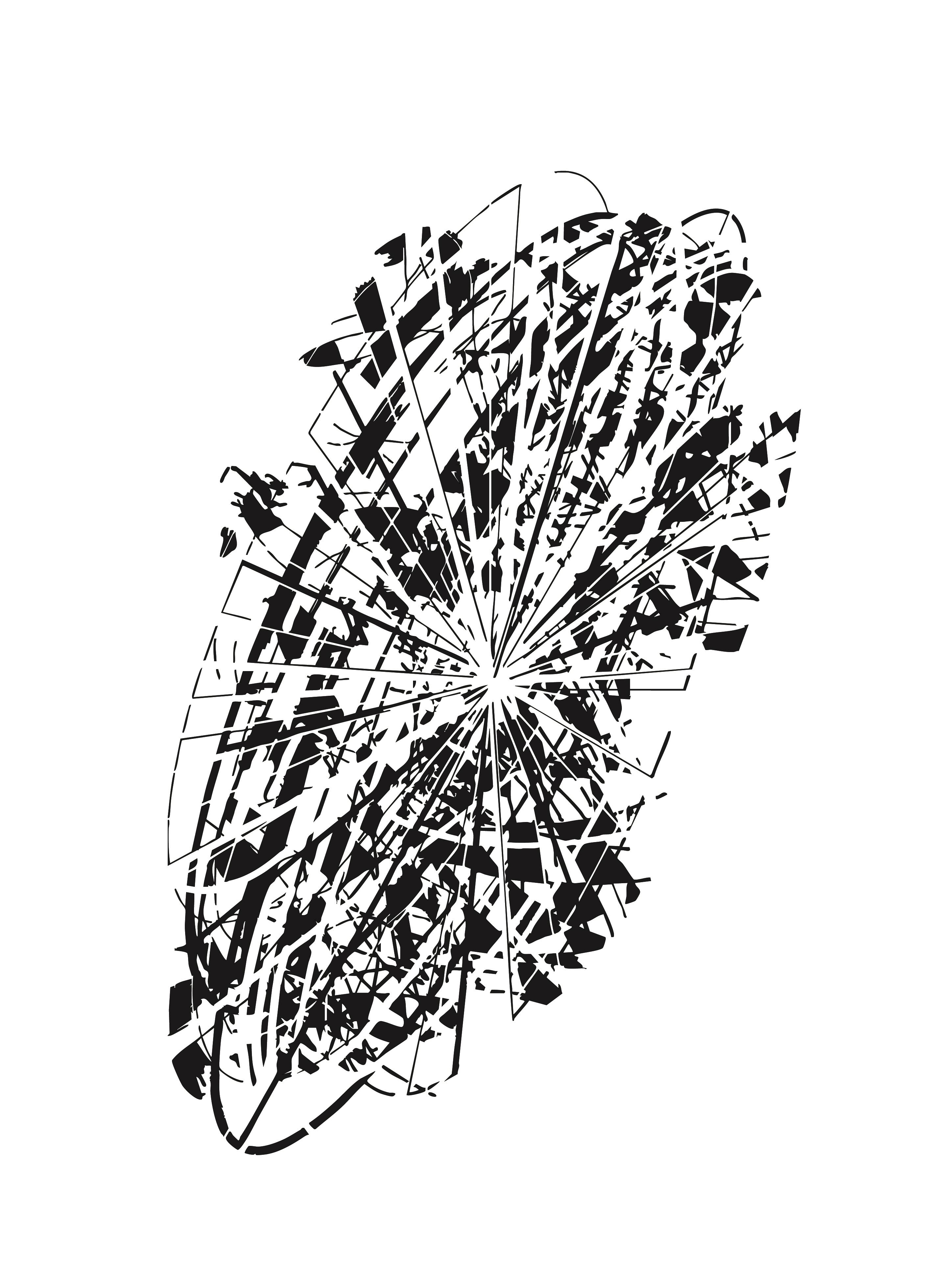
#legend_th: Do you view art as a tool for social commentary, or is it more about exploring personal themes of existence and identity?
BOBSIN: Art is always the expression of a culture and a society and sometimes differs greatly due to the respective environment or cultural past. However, cultures also overlap strongly, and the mix of different approaches often creates new and interesting design results. New identities are created from set pieces. Different quotes are utilised and combined to create new statements. Art fundamentally enables people to present and express themselves individually. Sometimes, art is controversial. But that is also the task of art - it is neither right nor wrong - it is always individual and freely interpretable. For everyone.
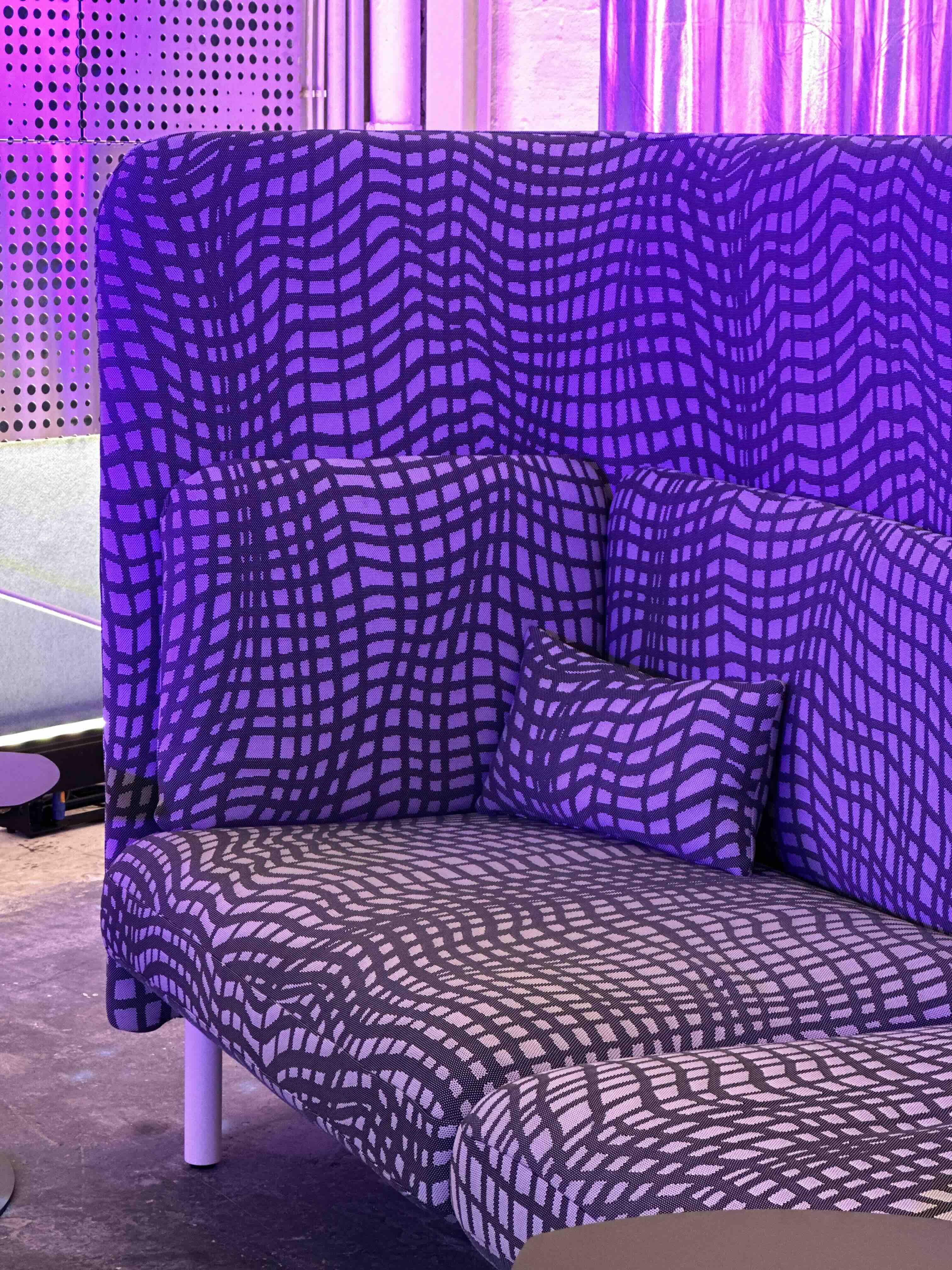
#legend_th: What does “authenticity” in art mean to you? Do you think art is always a way to express the true self, or is it more about change and reinterpretation?
BOBSIN: Both in design and in art, you can't create anything that hasn't already existed in a similar form. That's why design is more about creating your own combinations from the variety of possibilities and building blocks of life in order to find your own solution. However, it will always be a mix of learnt, experienced, cultural and social set pieces that serve as the basic building blocks for your individual expression.
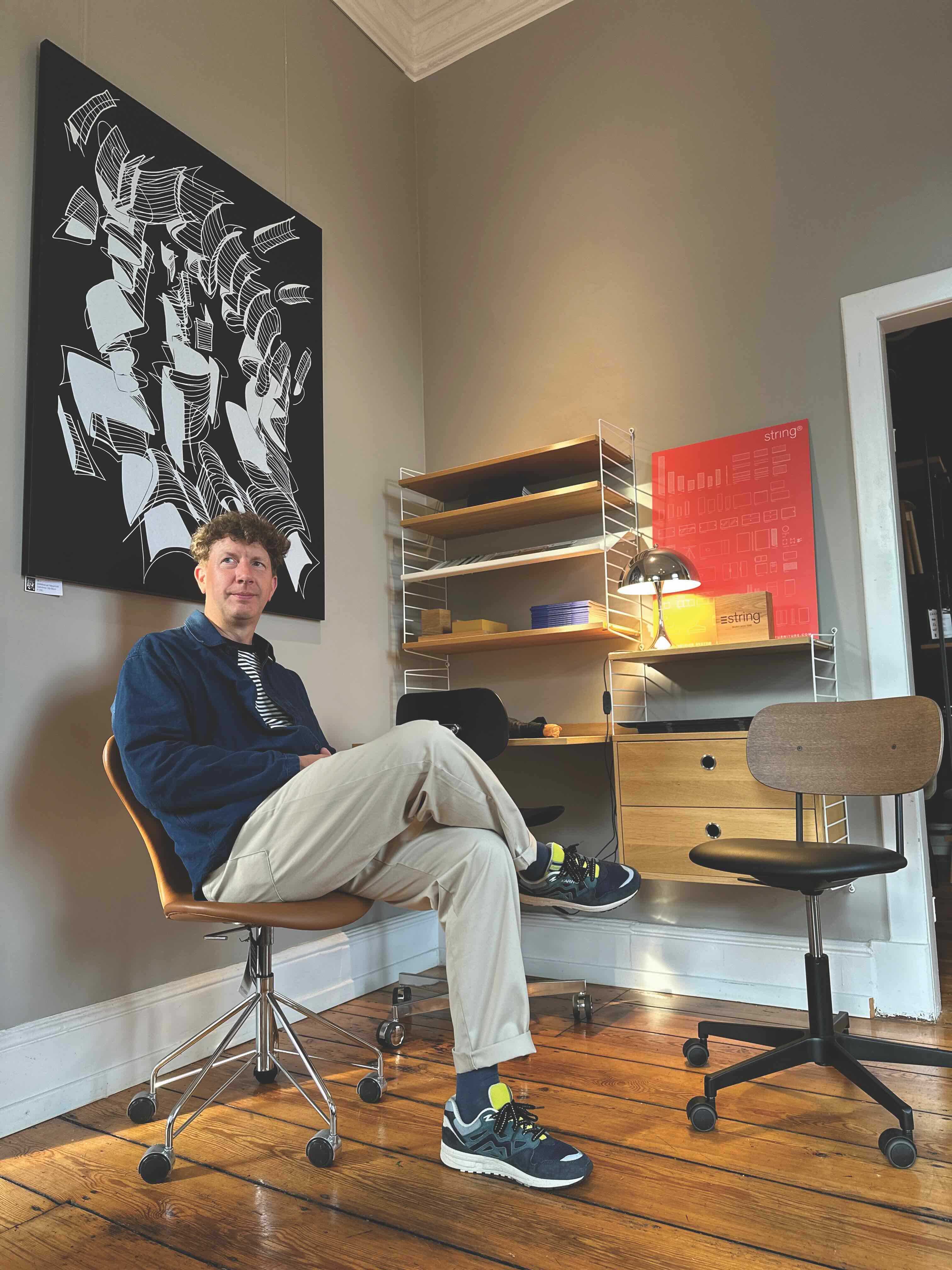
#legend_th: As Kim Bobsin, what advice would you give to emerging designers or studios looking to establish a unique creative voice in the design world?
BOBSIN: Stay individual. Don't try to please others but find your own way of expression that you like. If you stand behind it as a designer, then you are a good ambassador for your own design. Recognition and appreciation from the outside will then come naturally. Always seek dialogue with the public to become even better, and don't hide away in a quiet room.
Follow his work and beyond at @kimmarcbobsin and #kimmarcbobsin
Also See: Cover Story: Minnie and her journey as a solo artist

